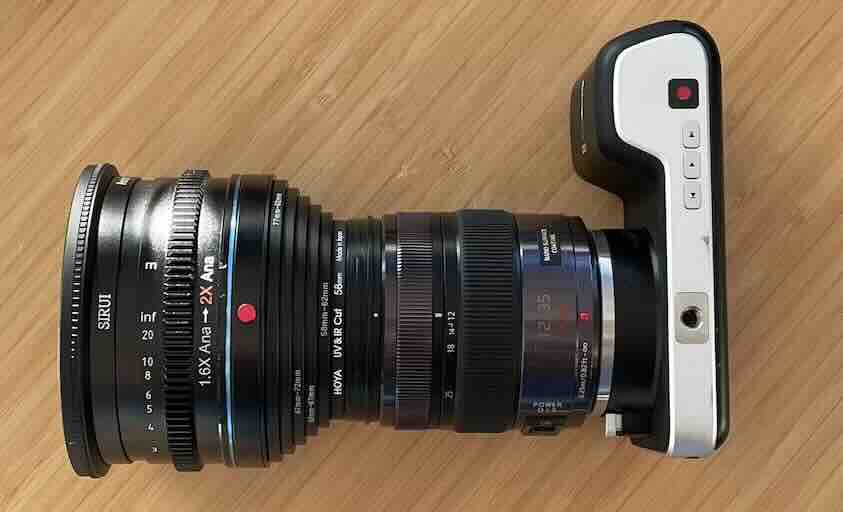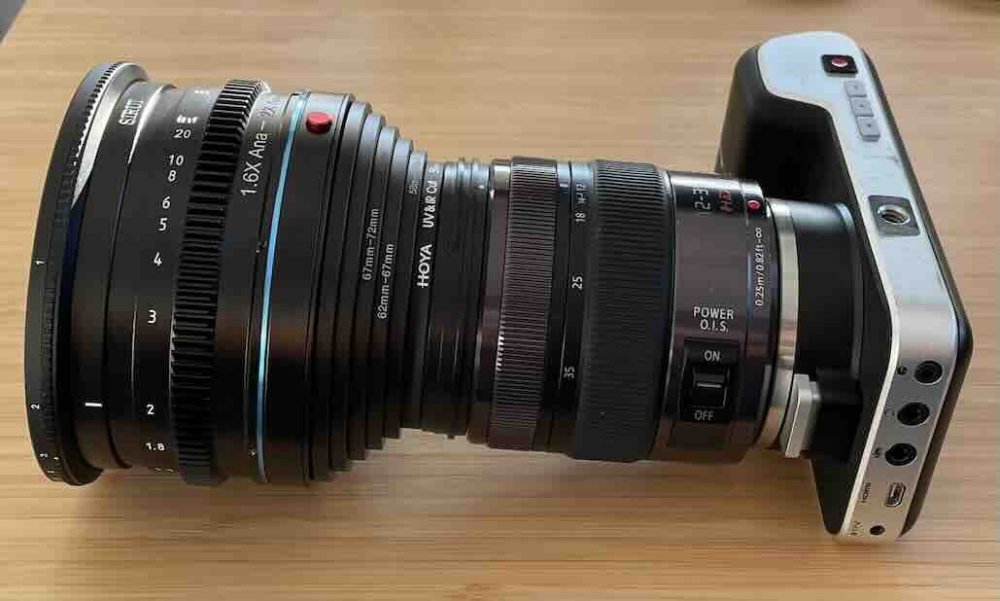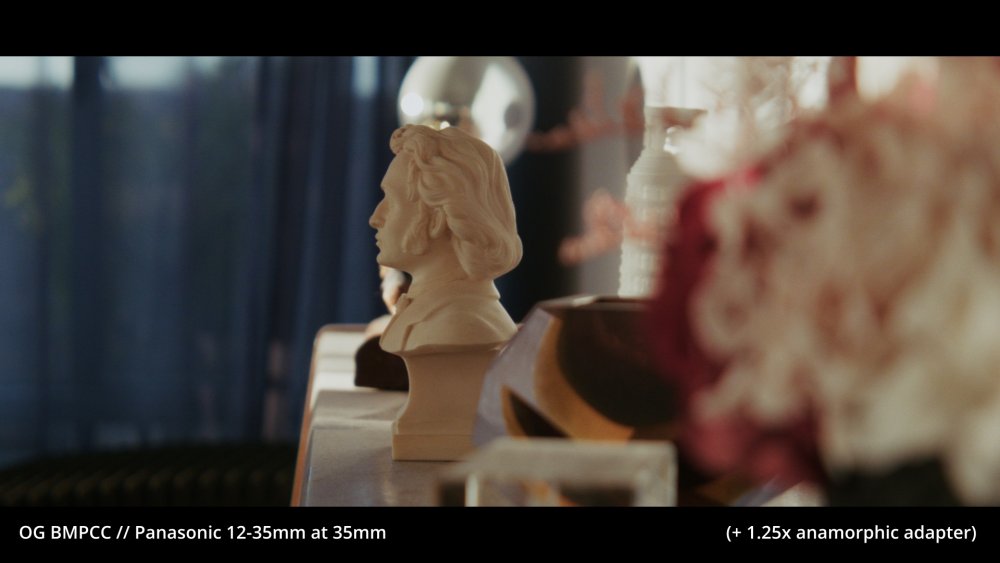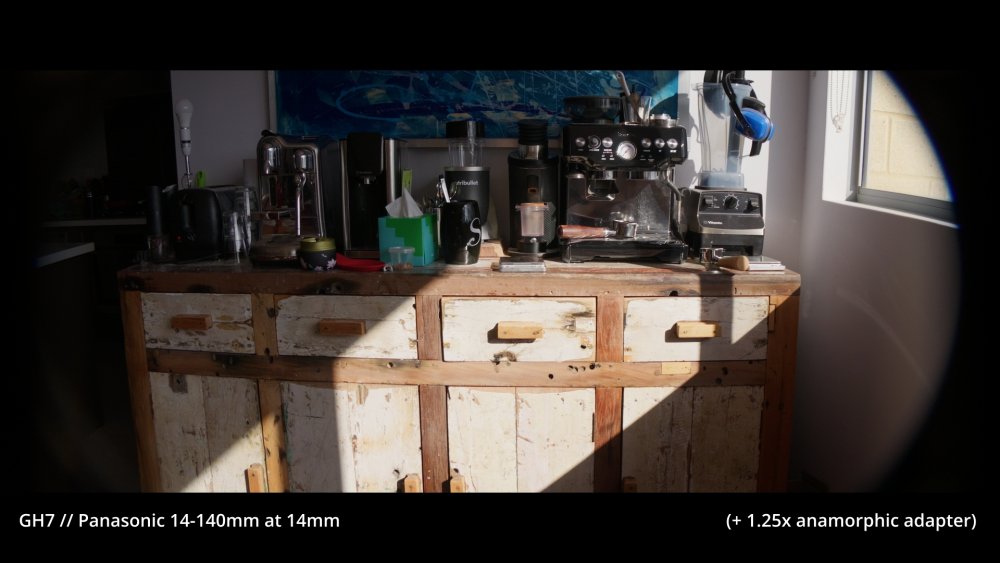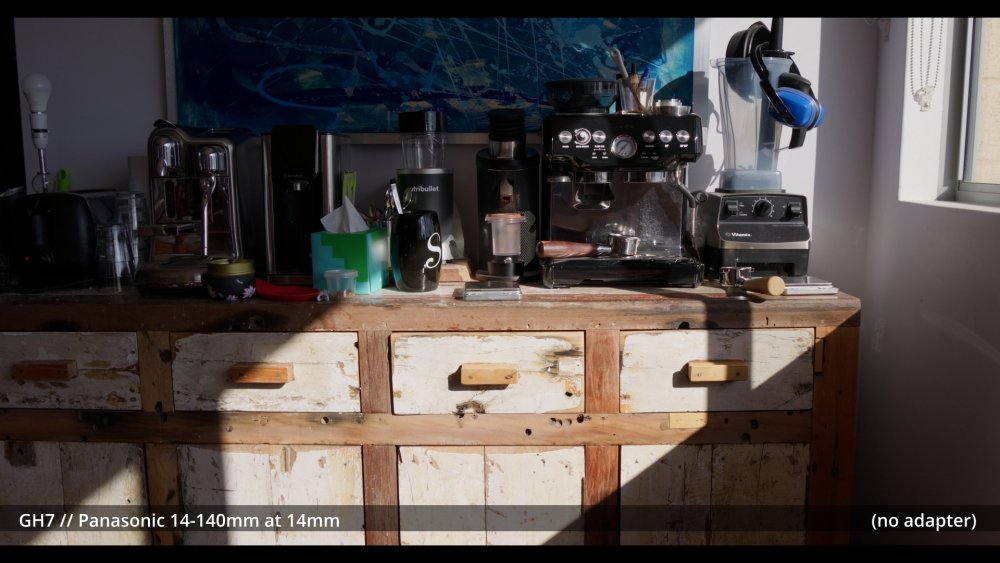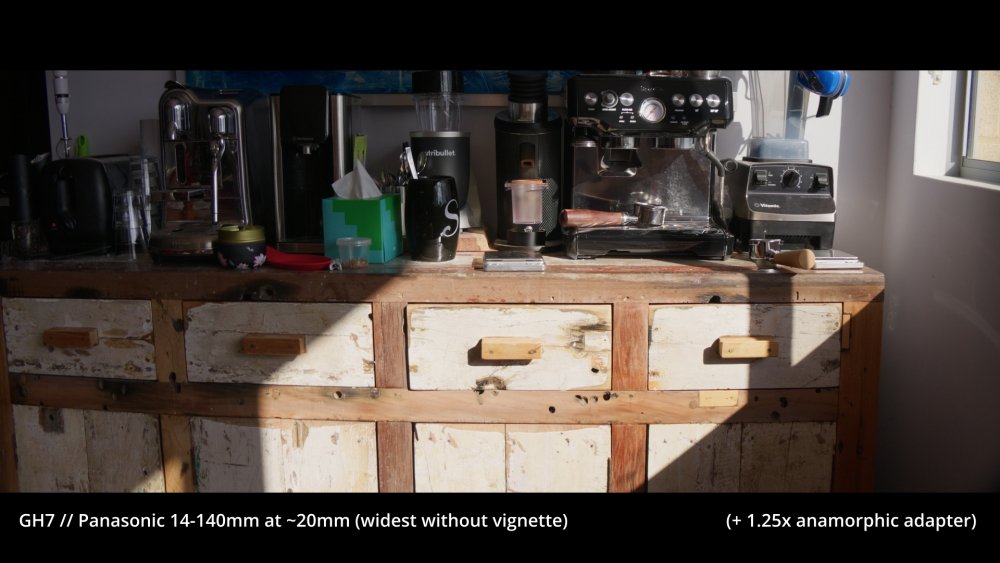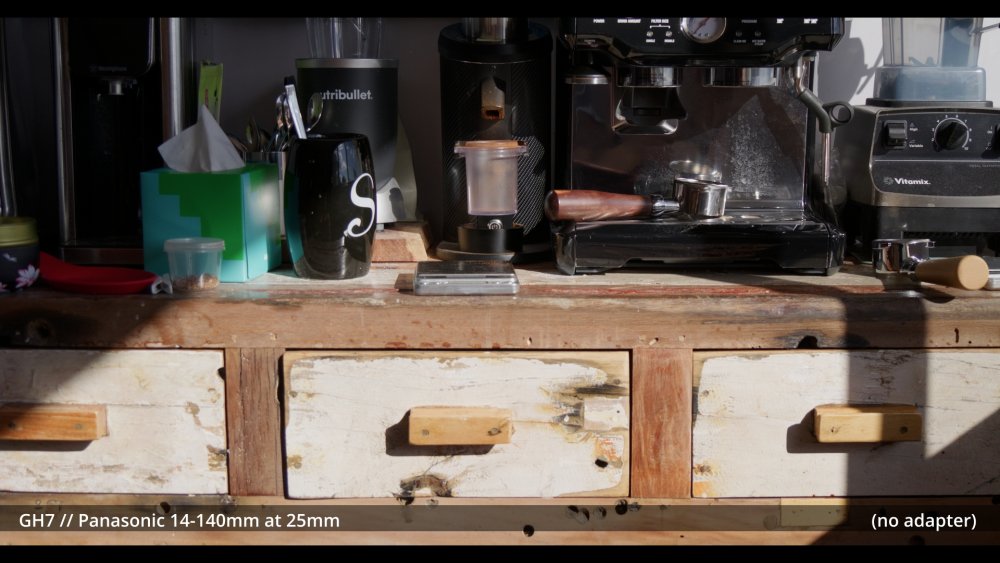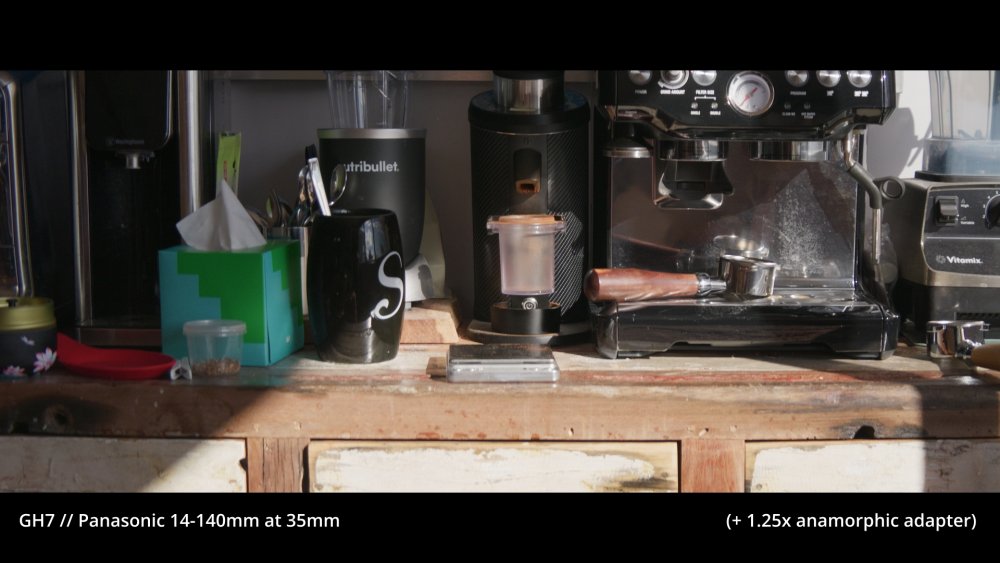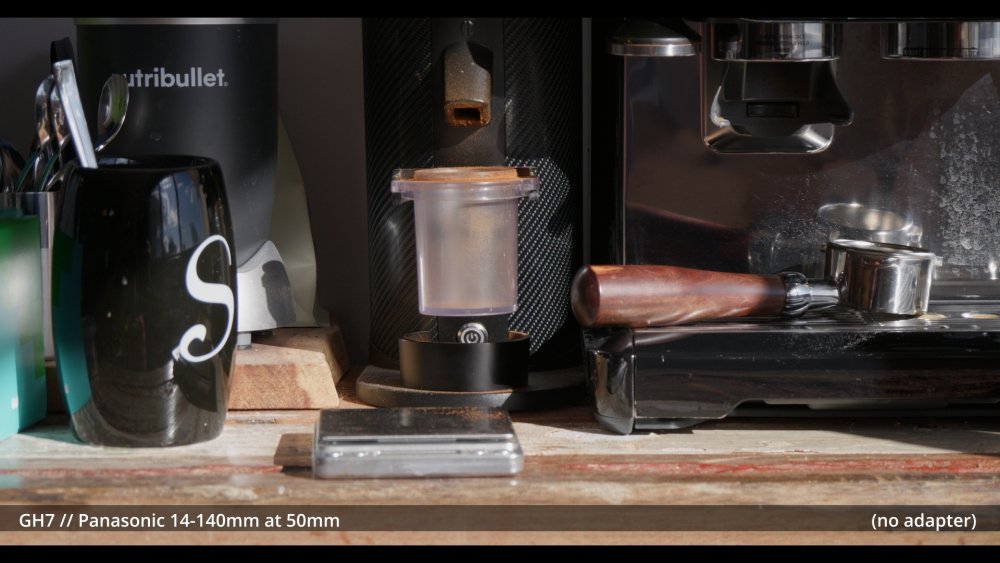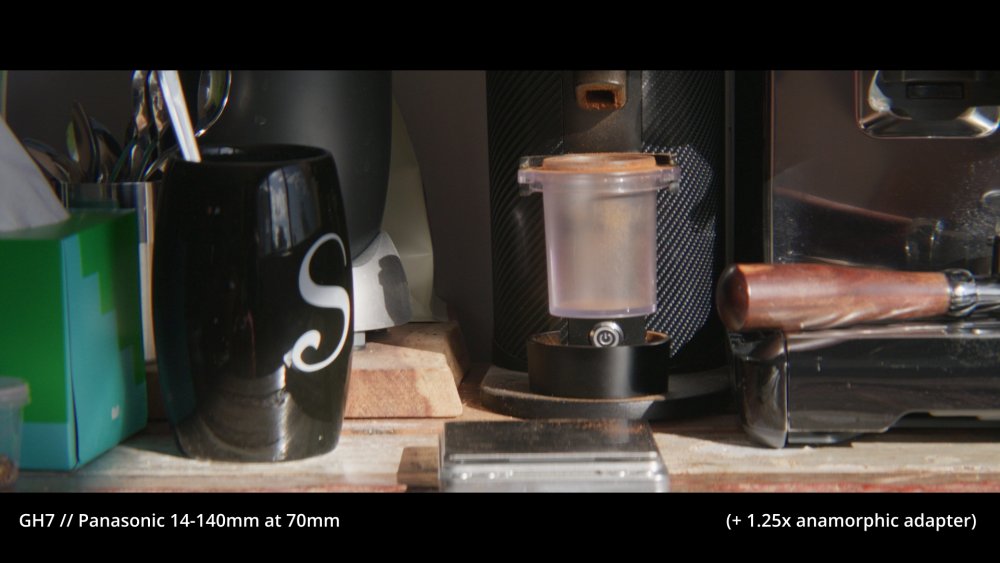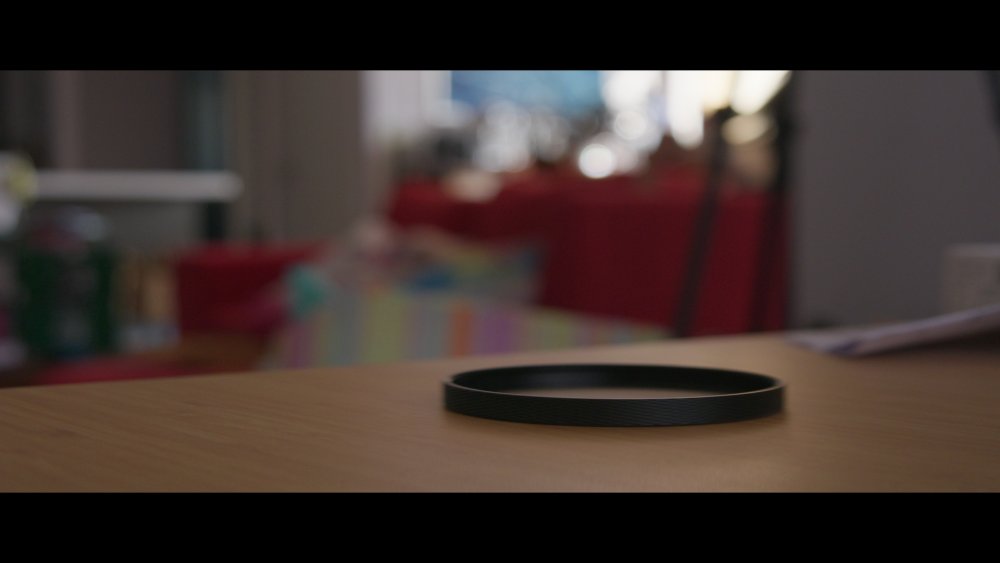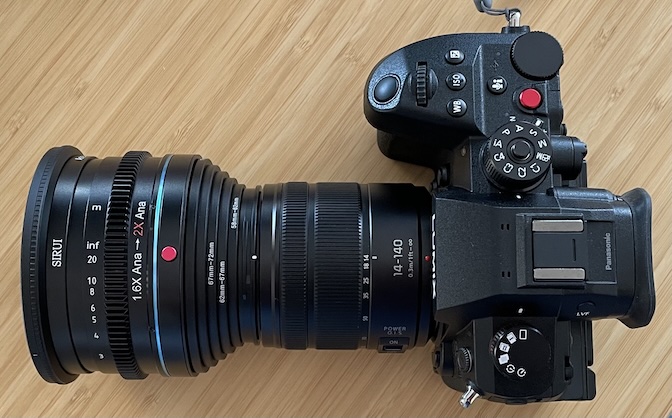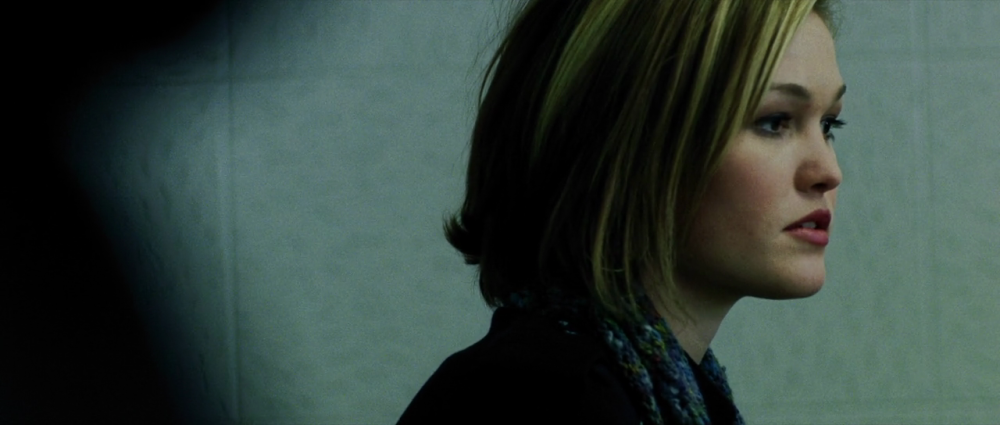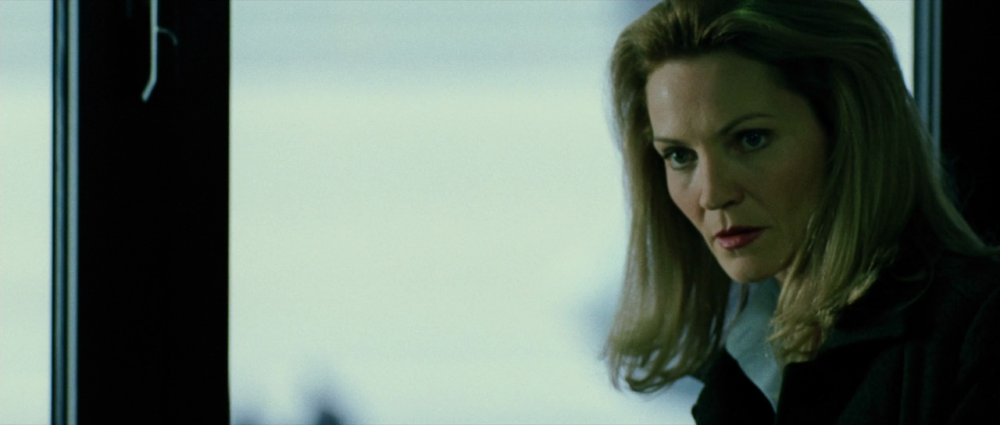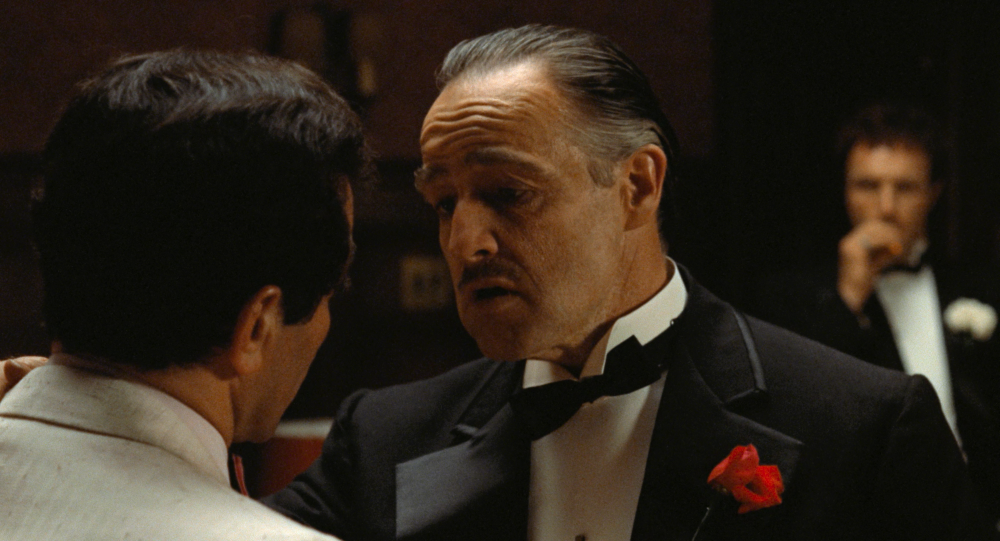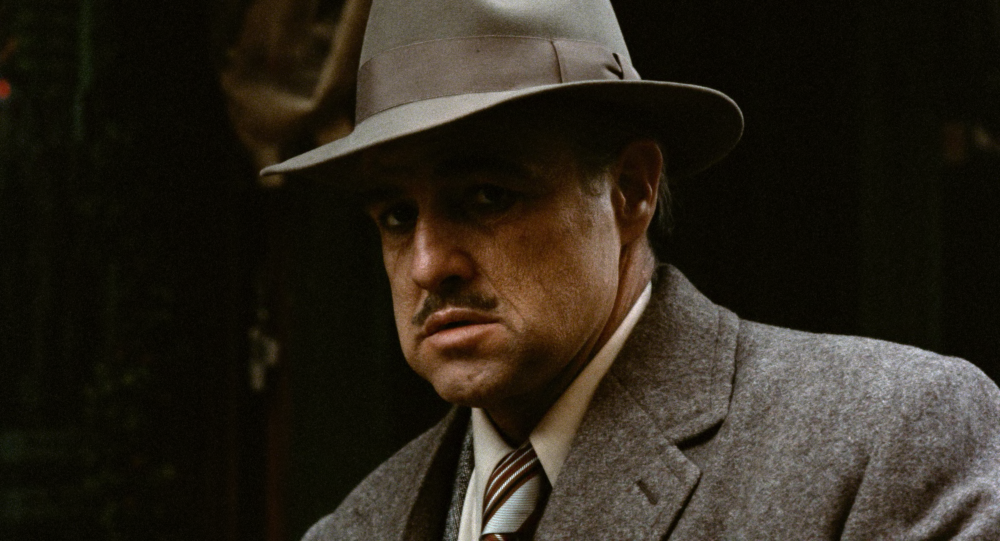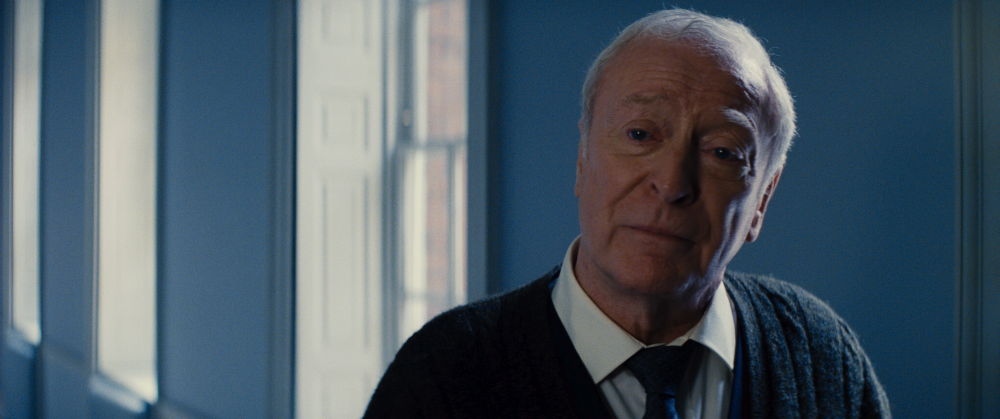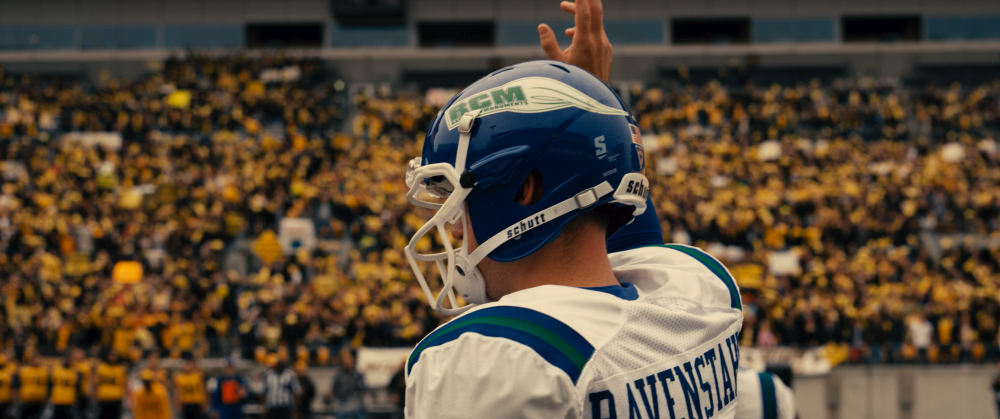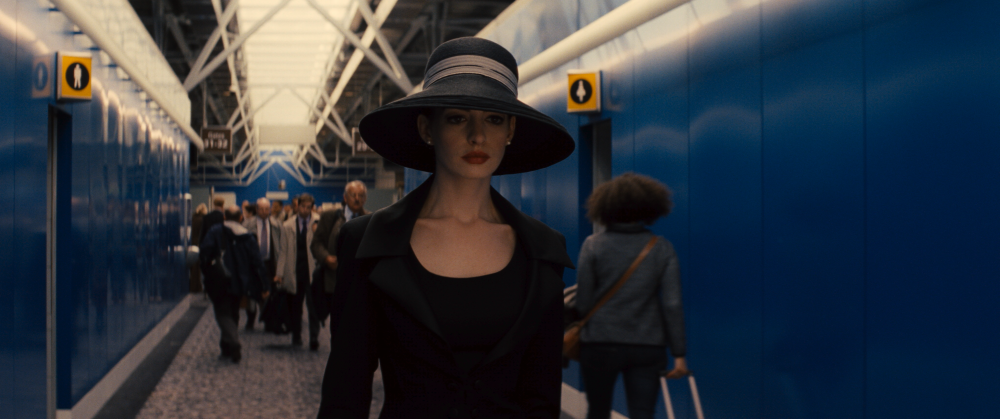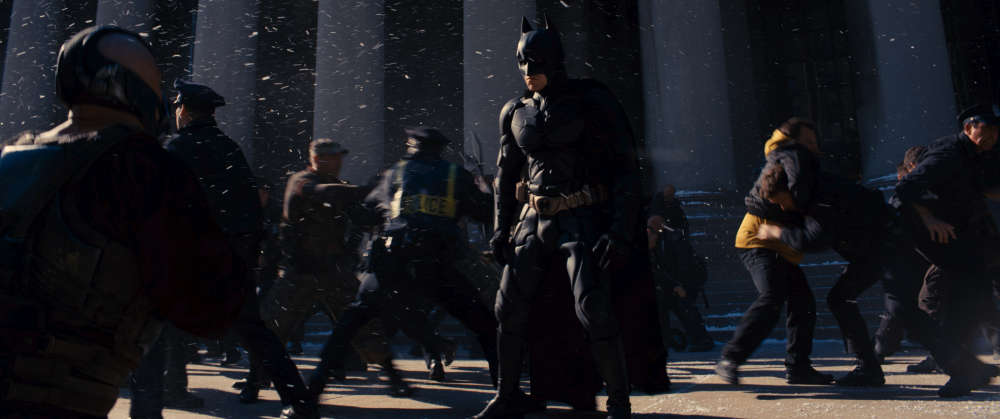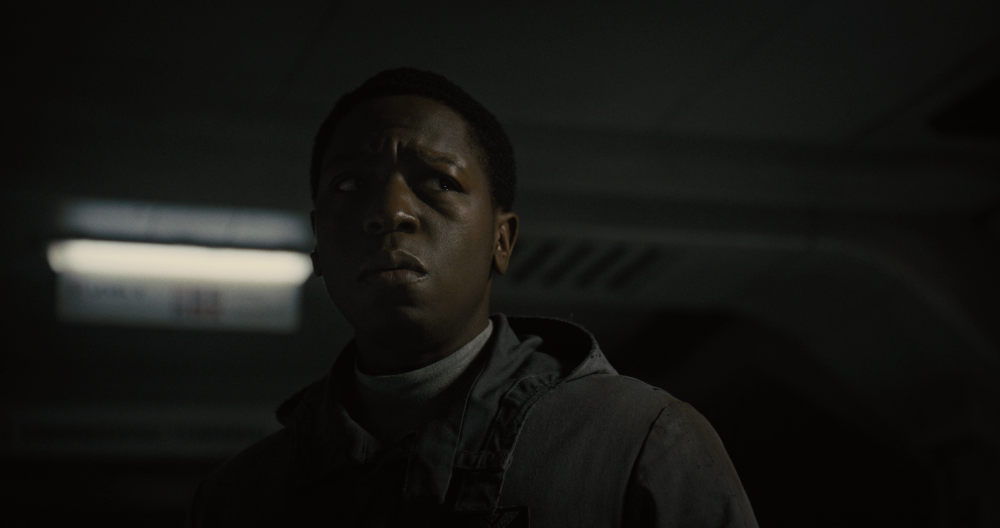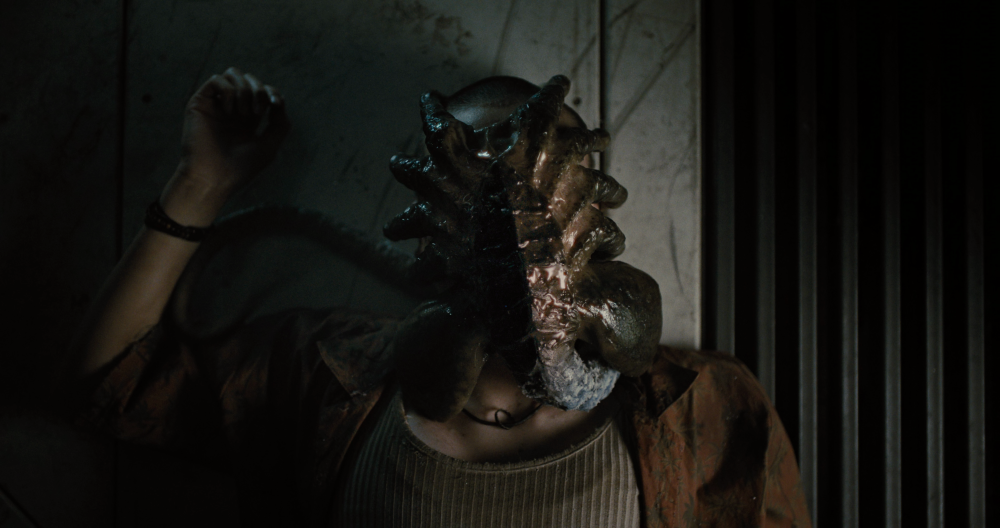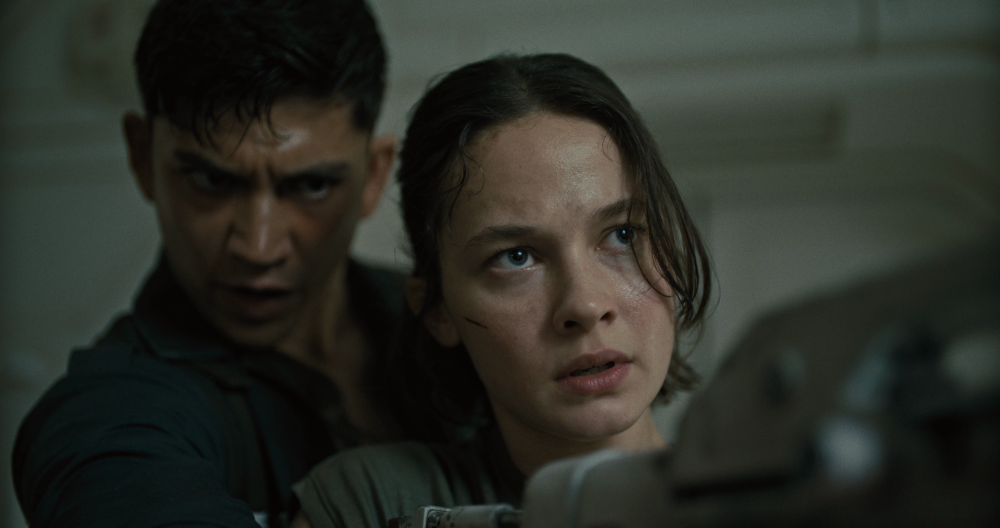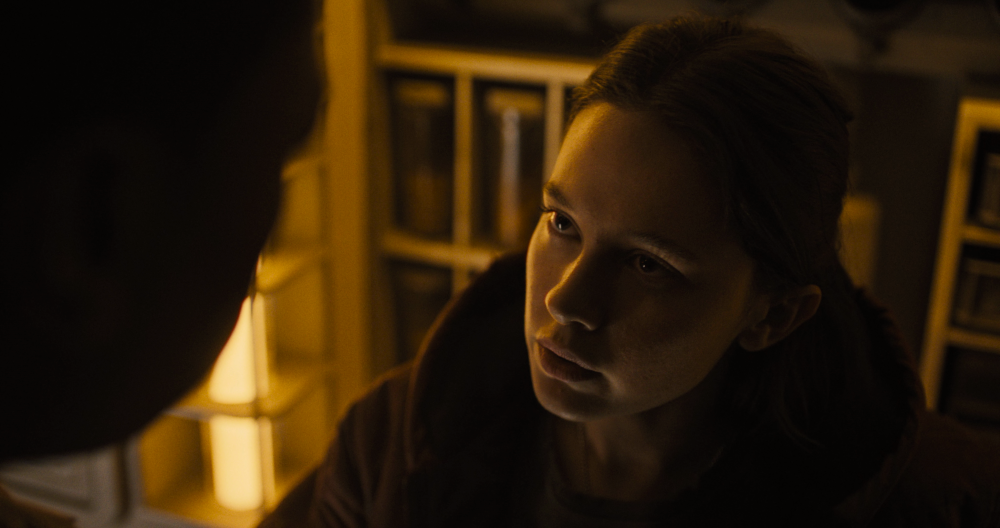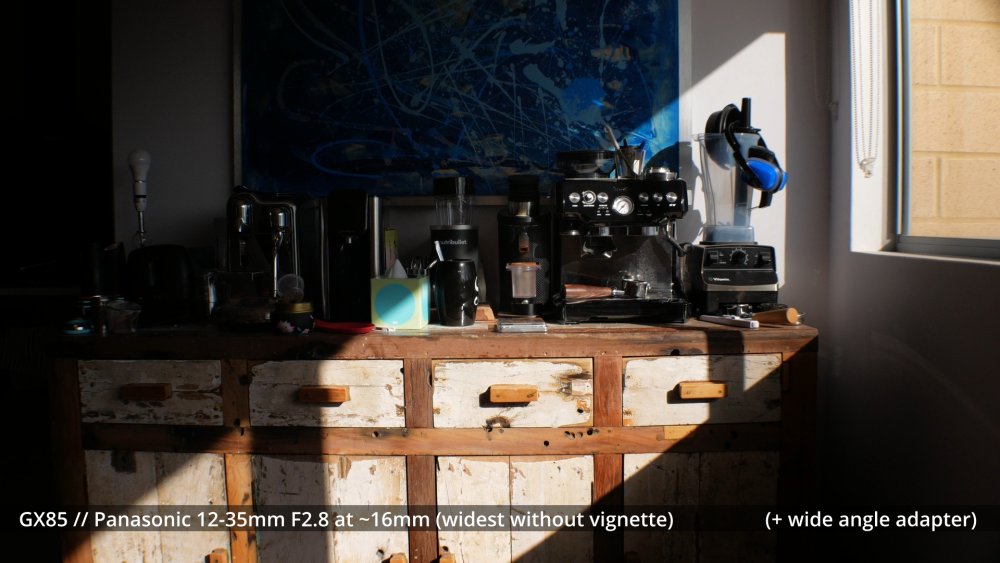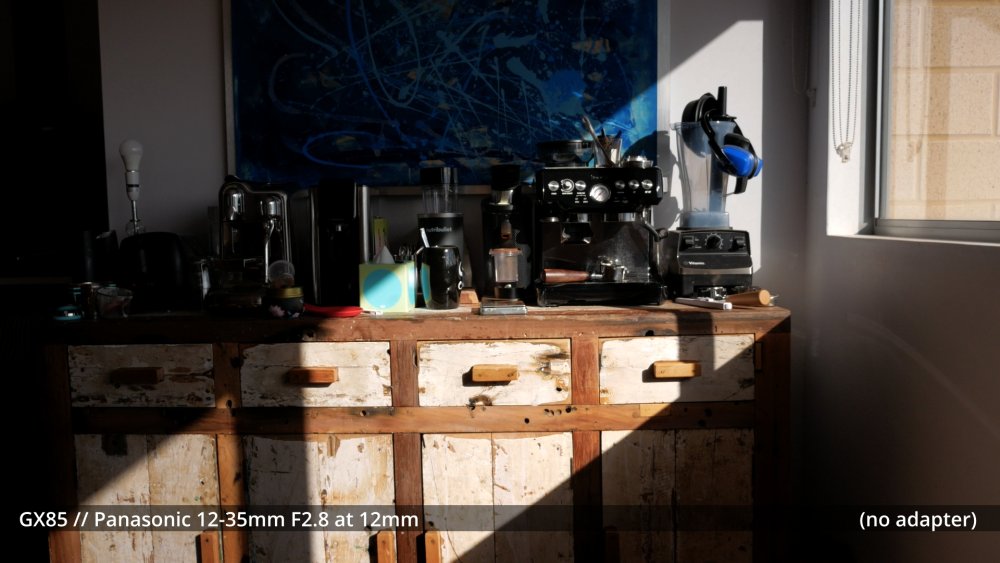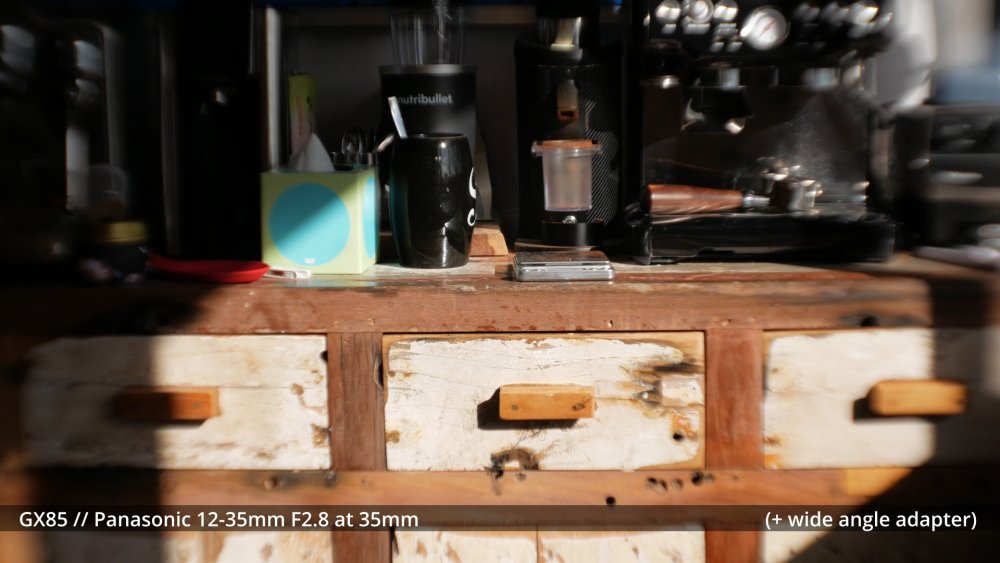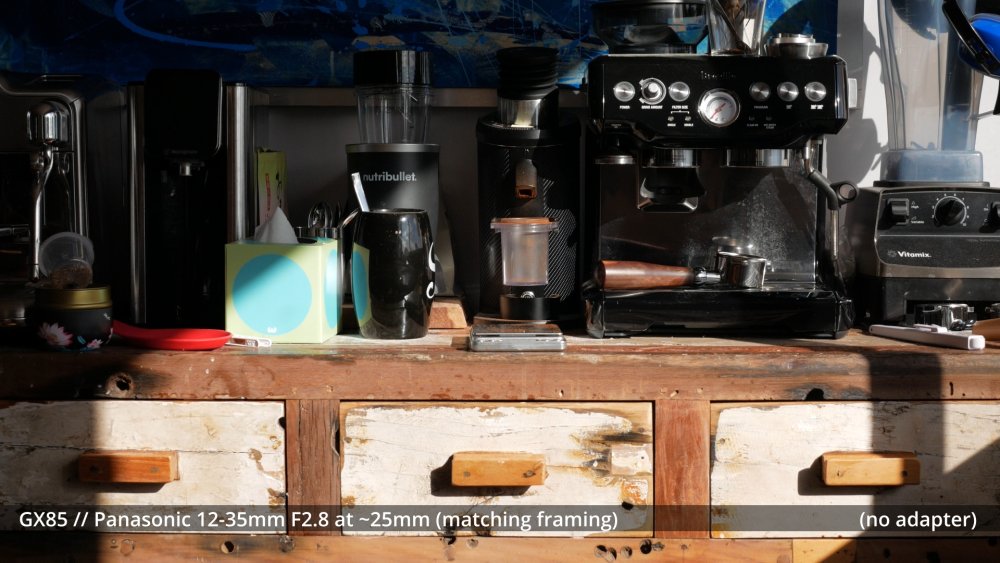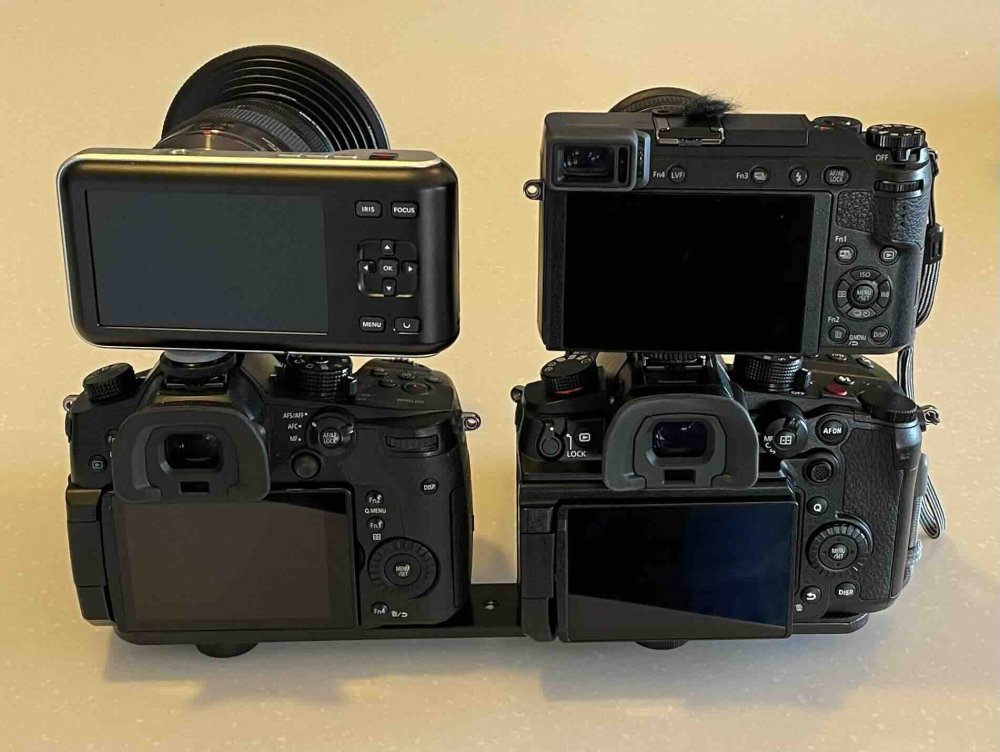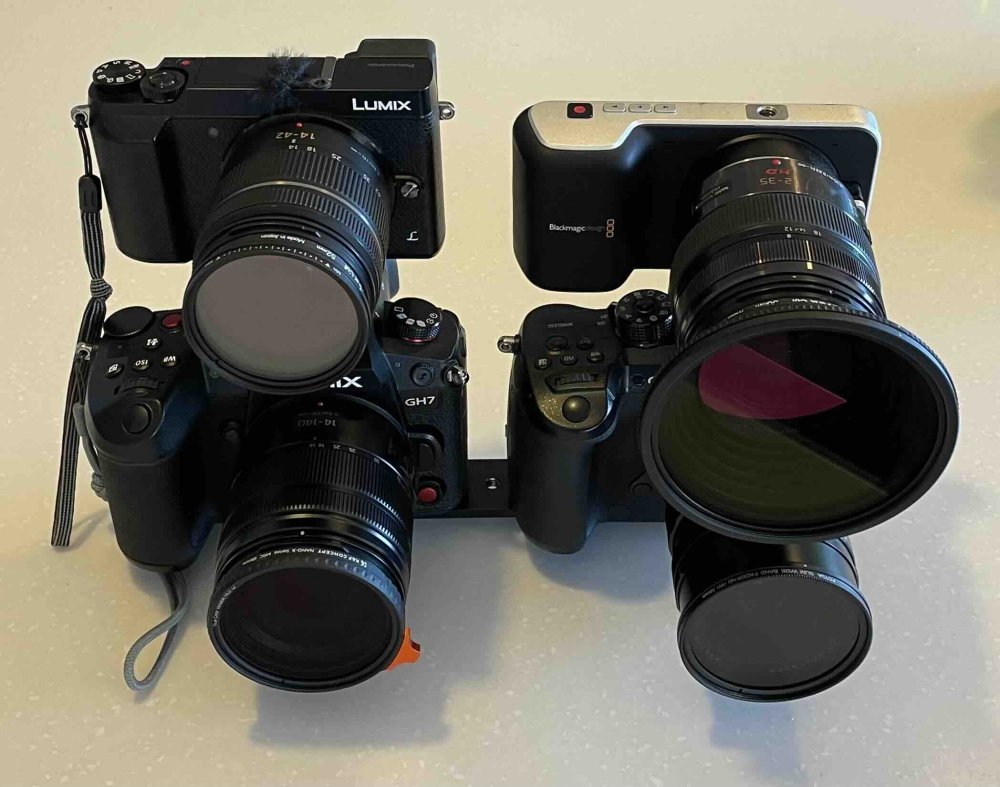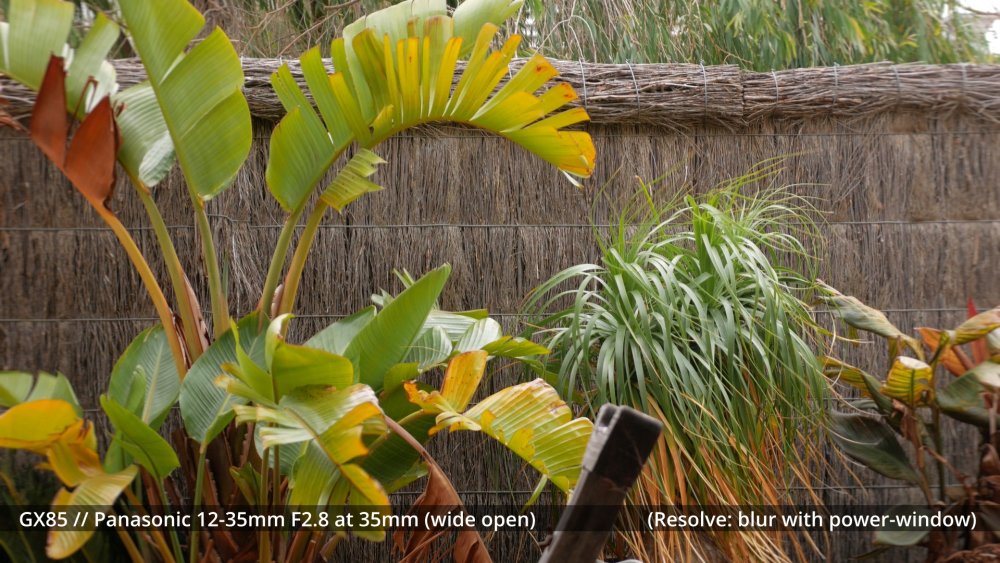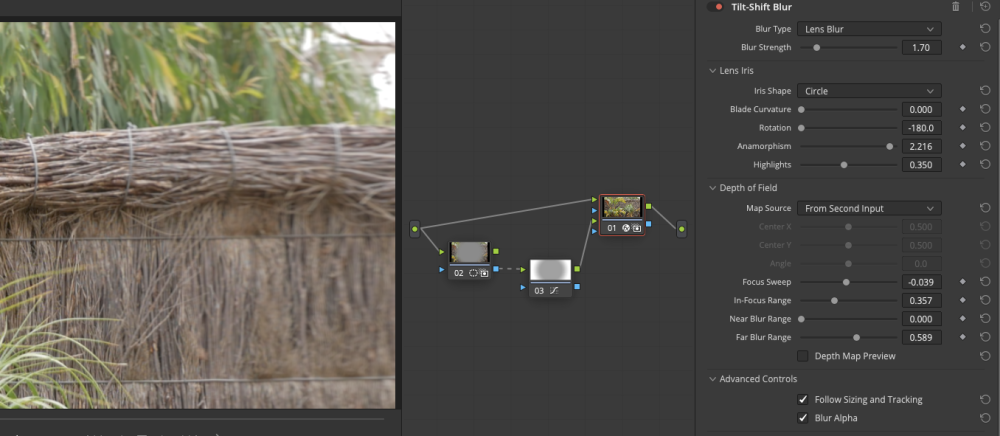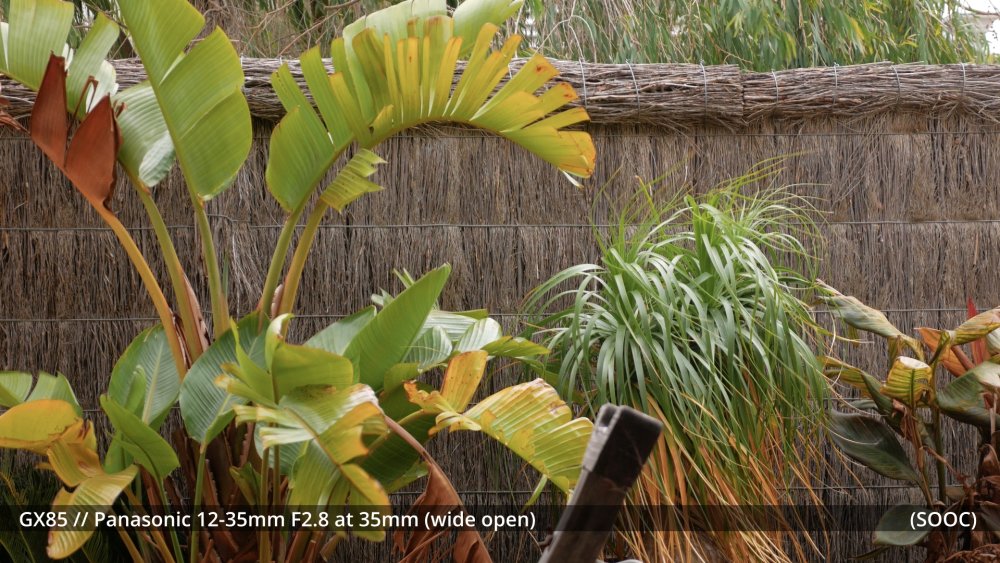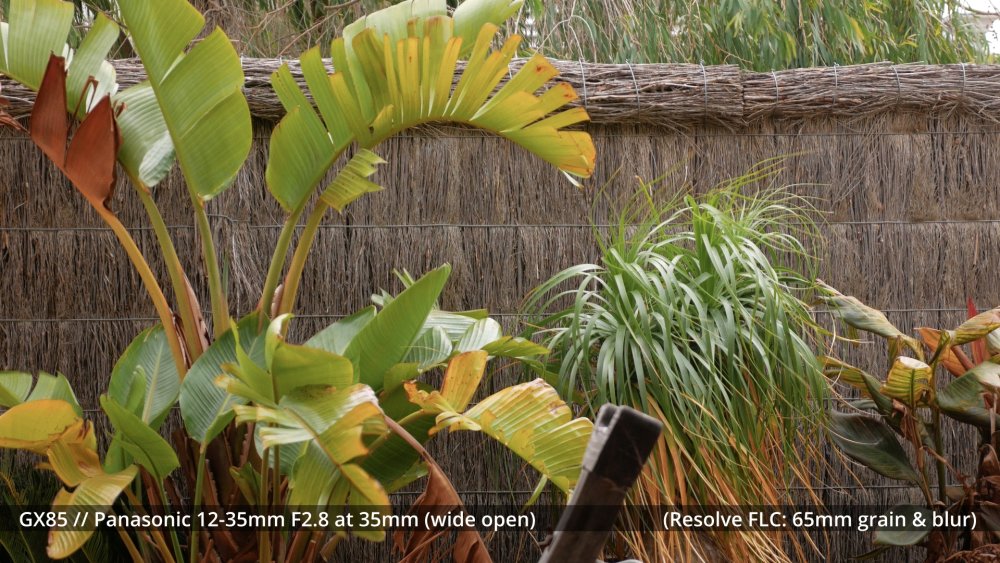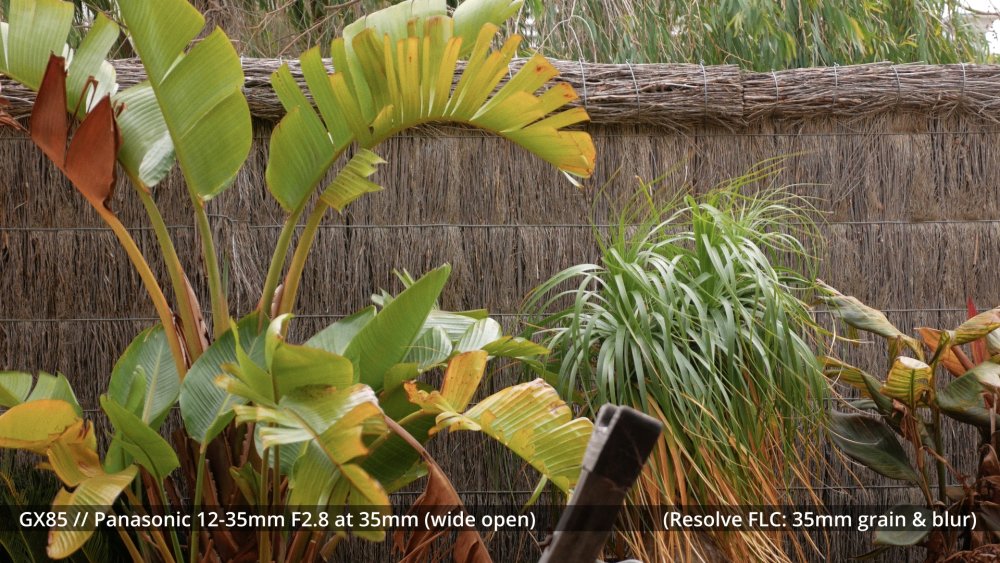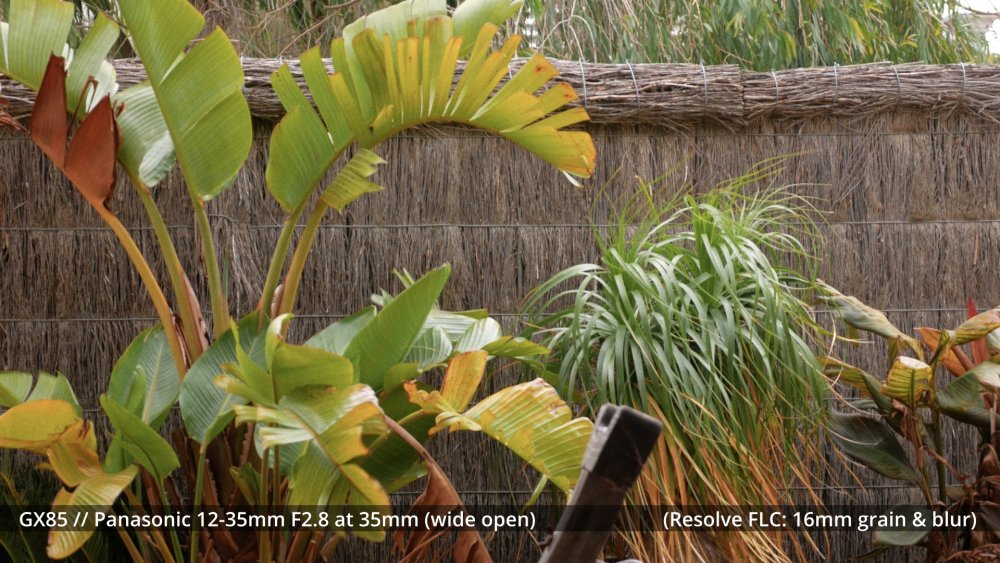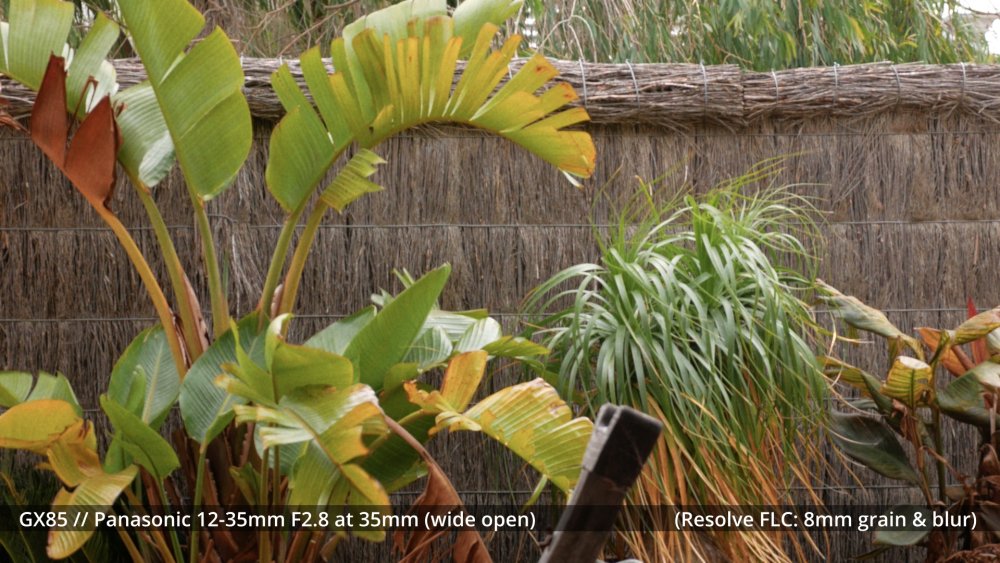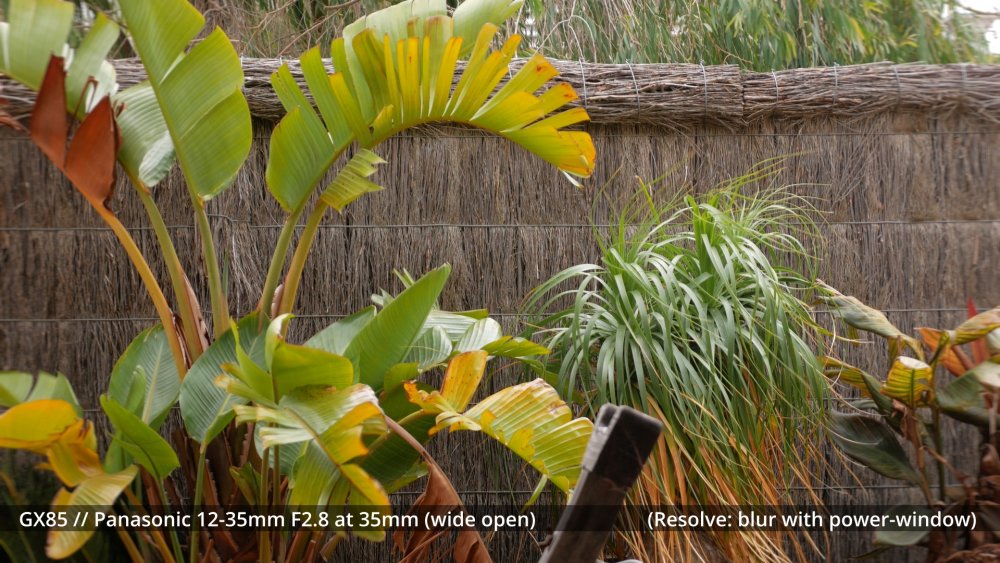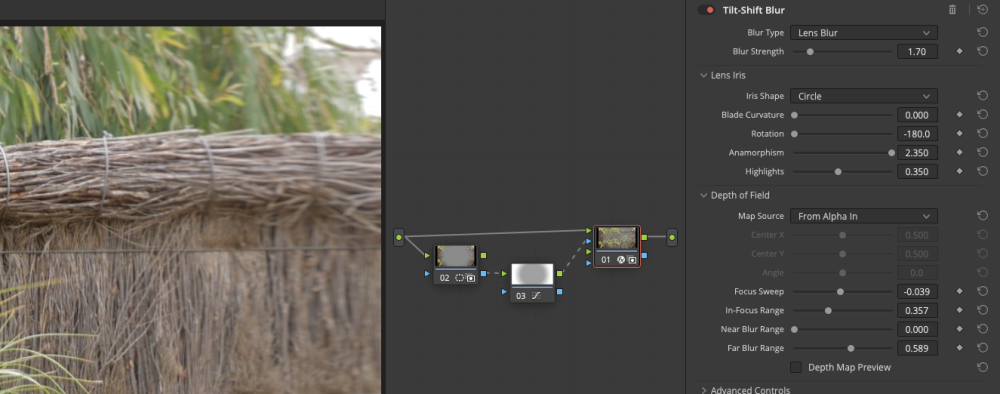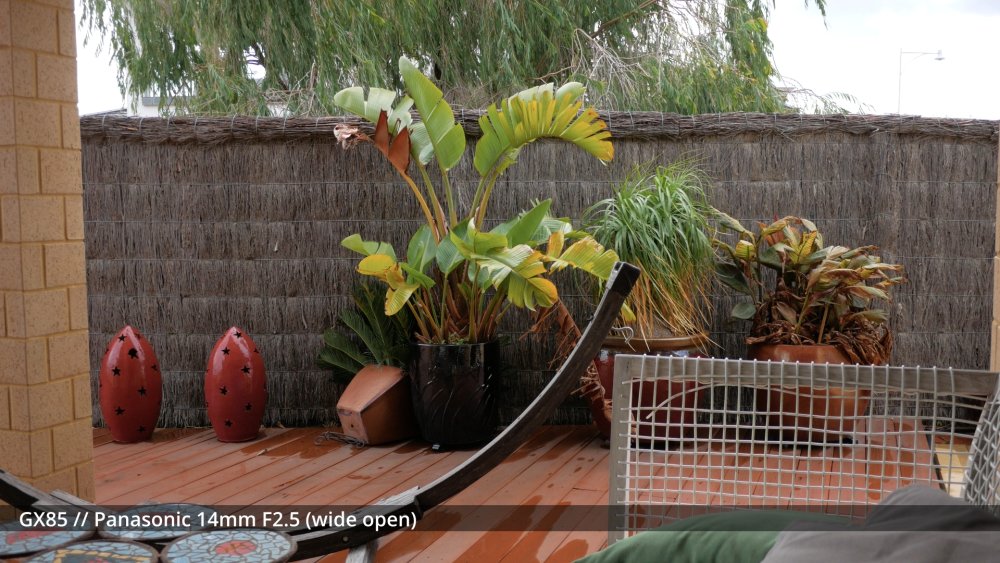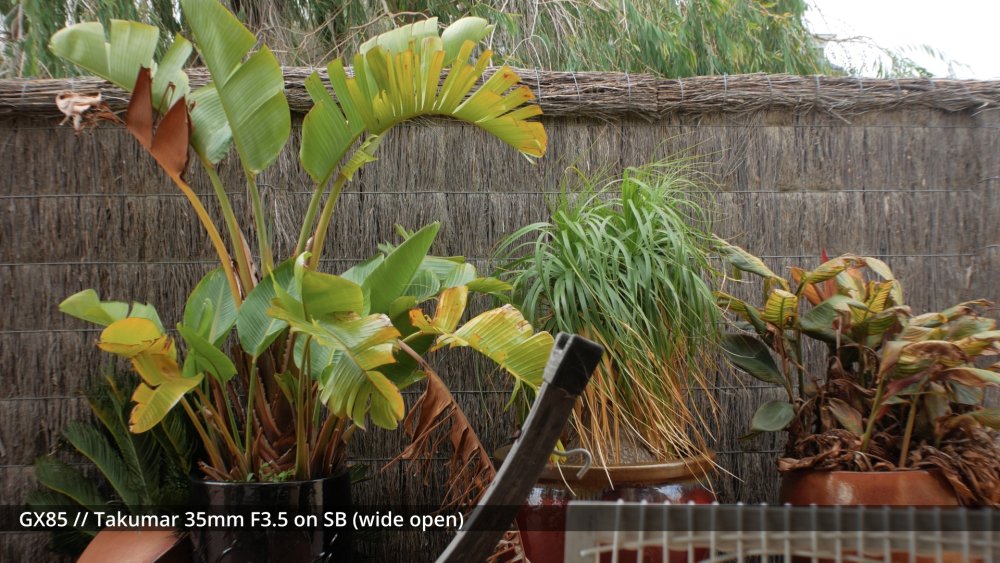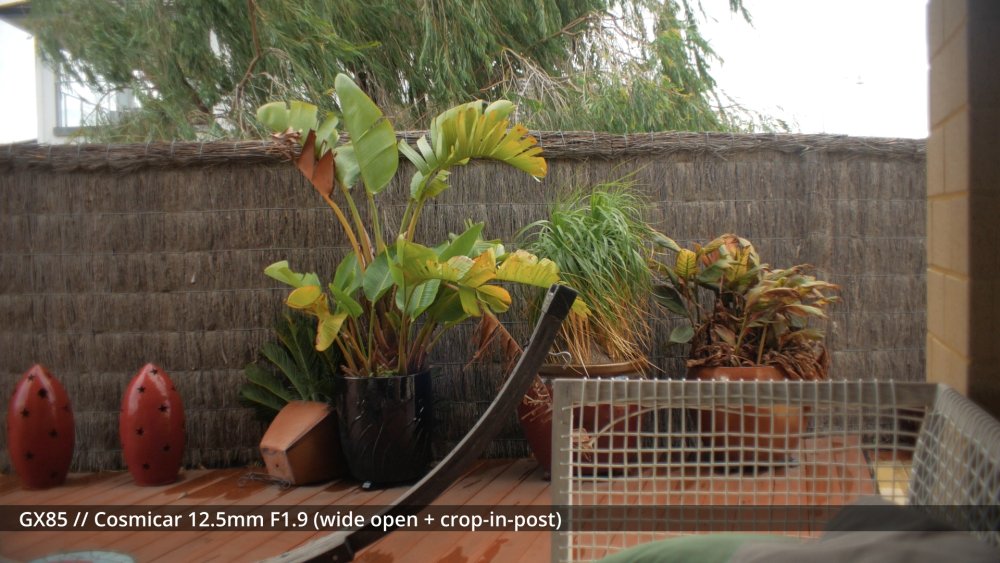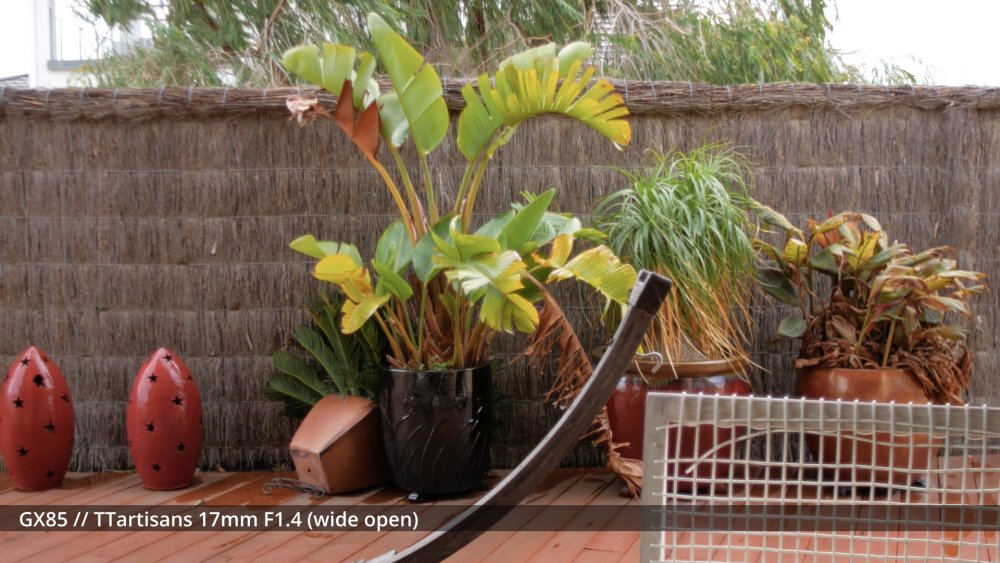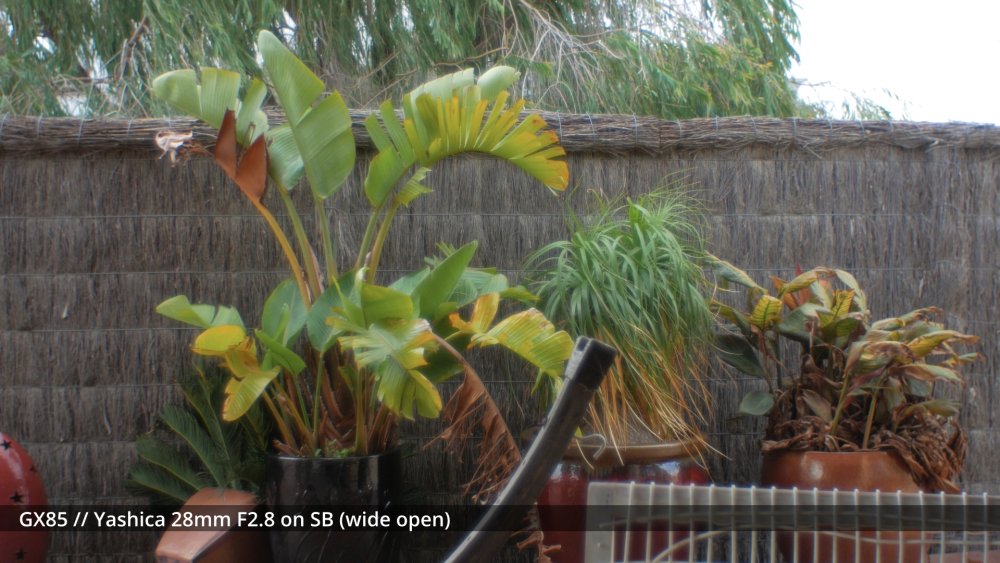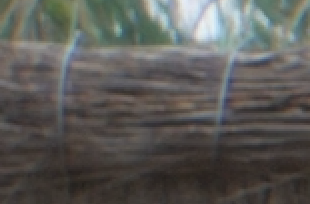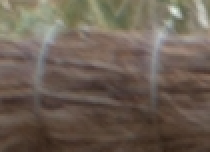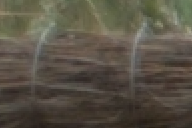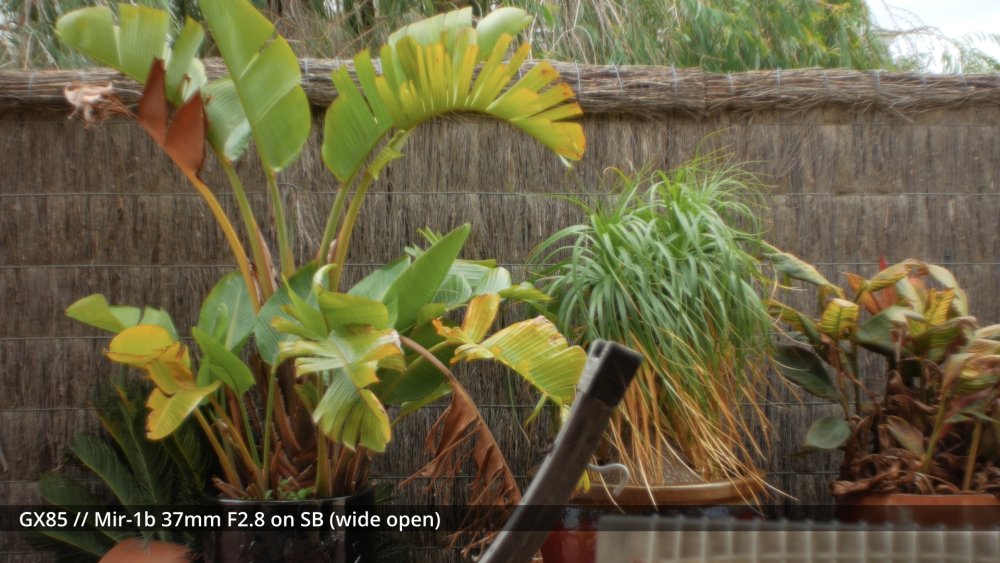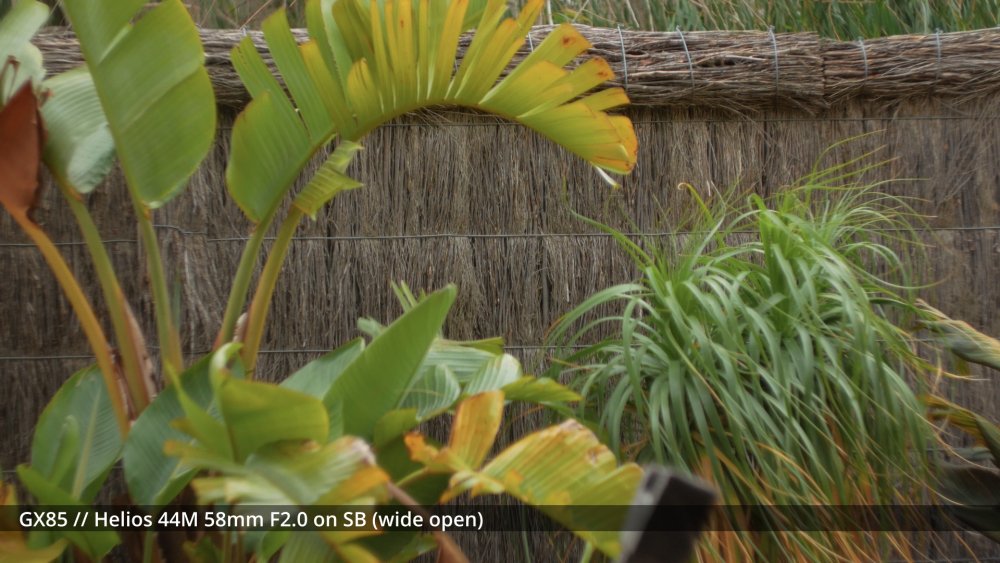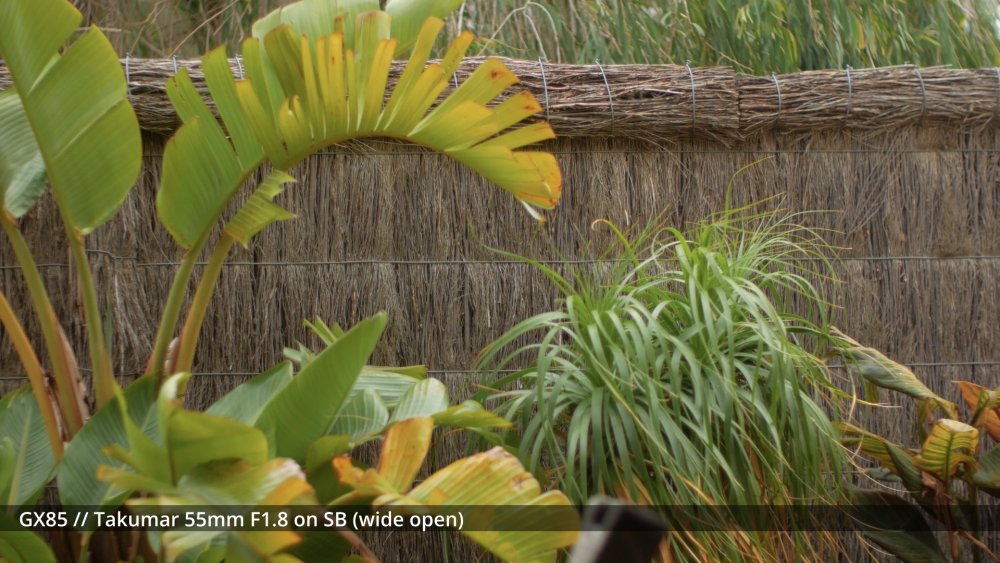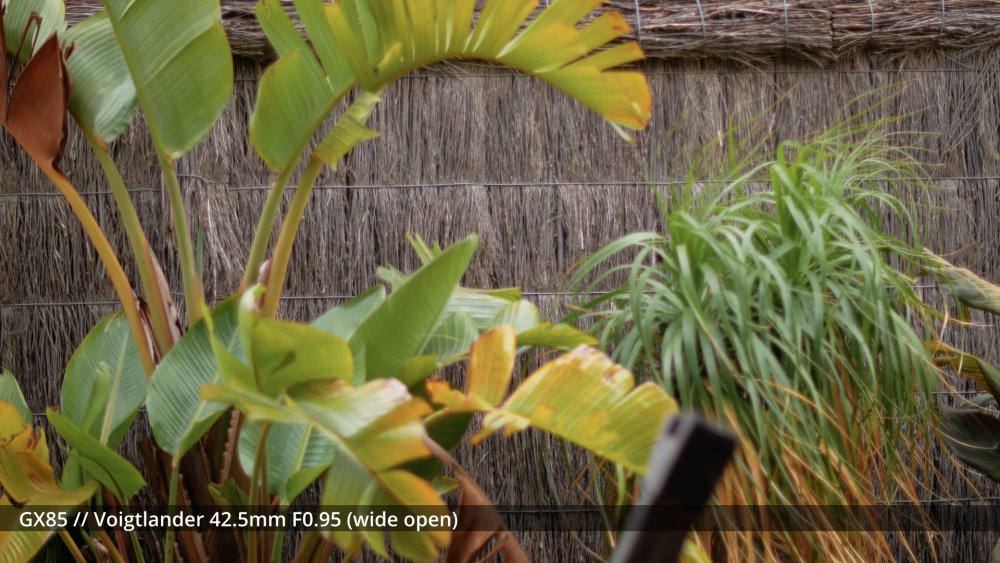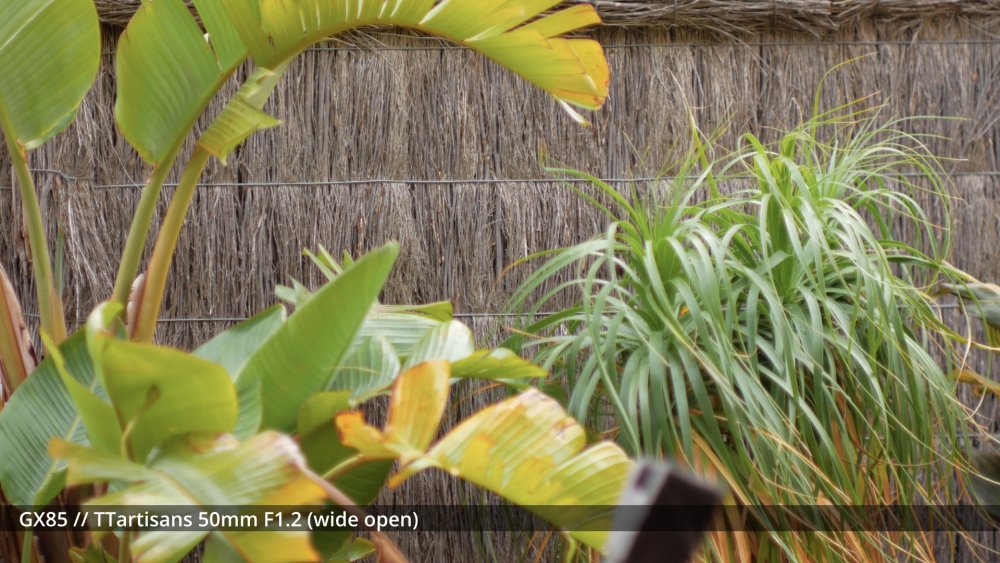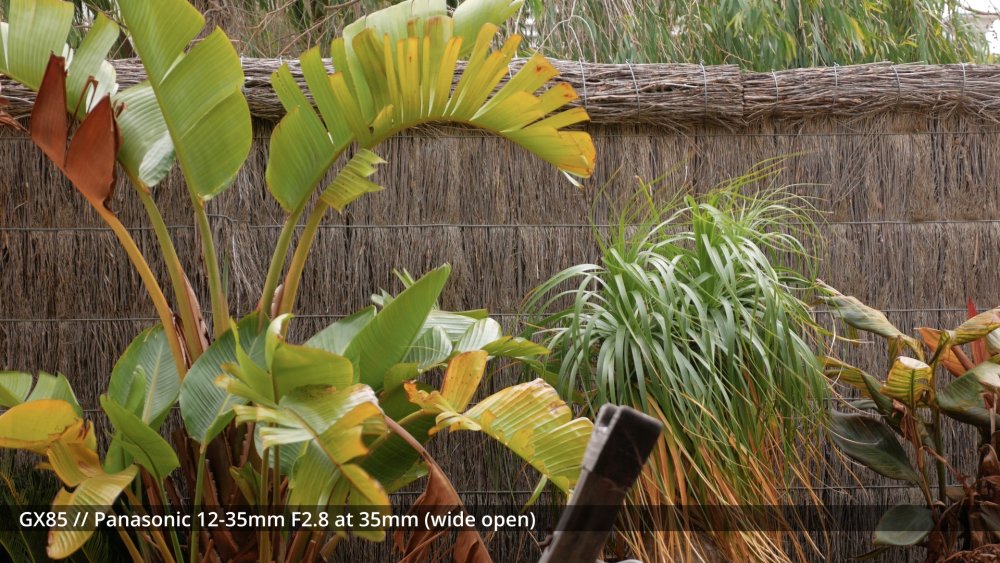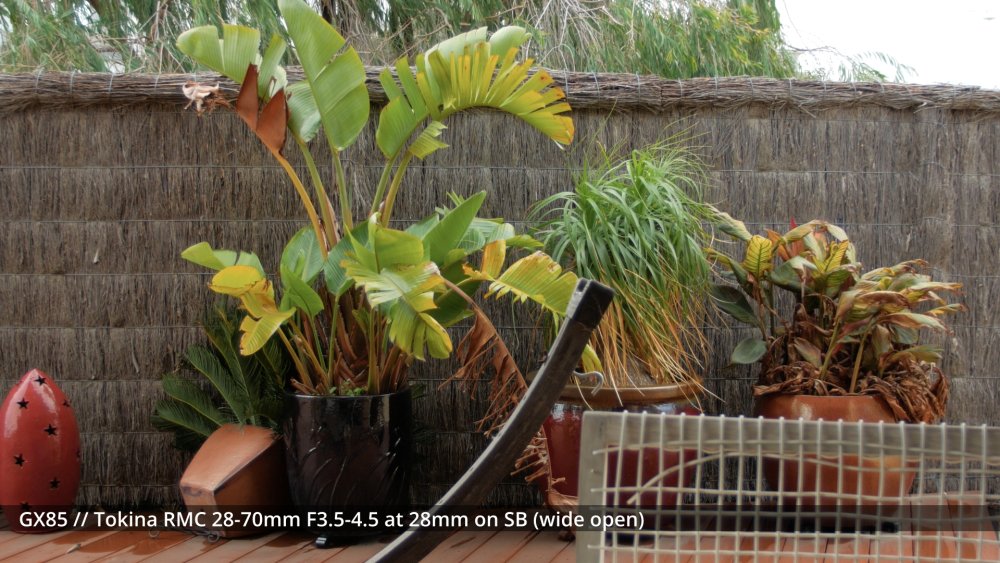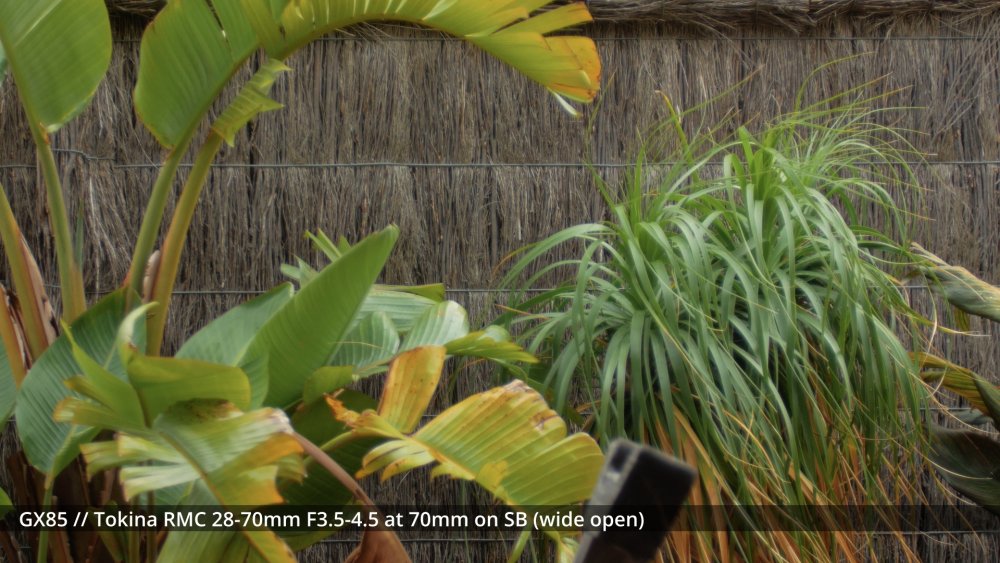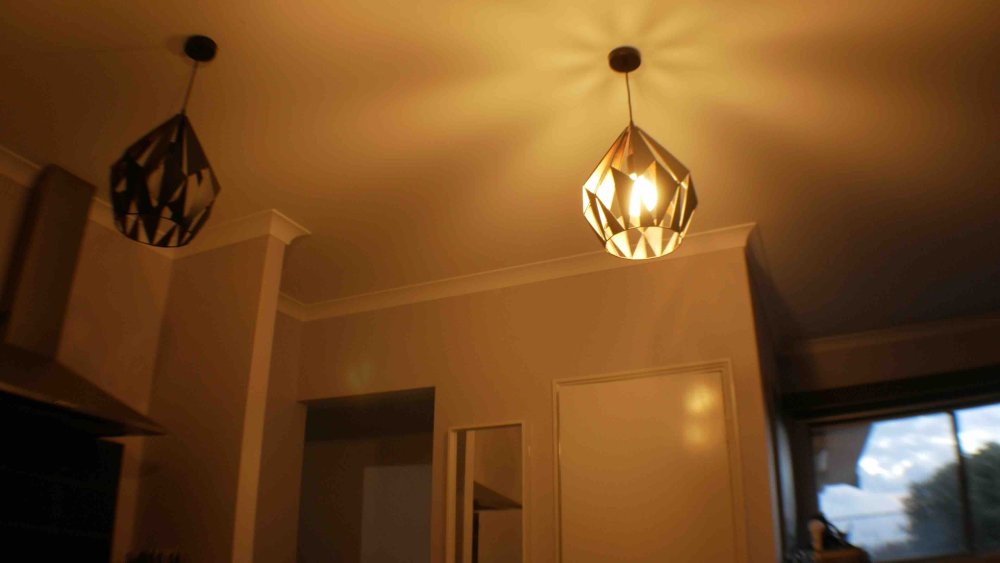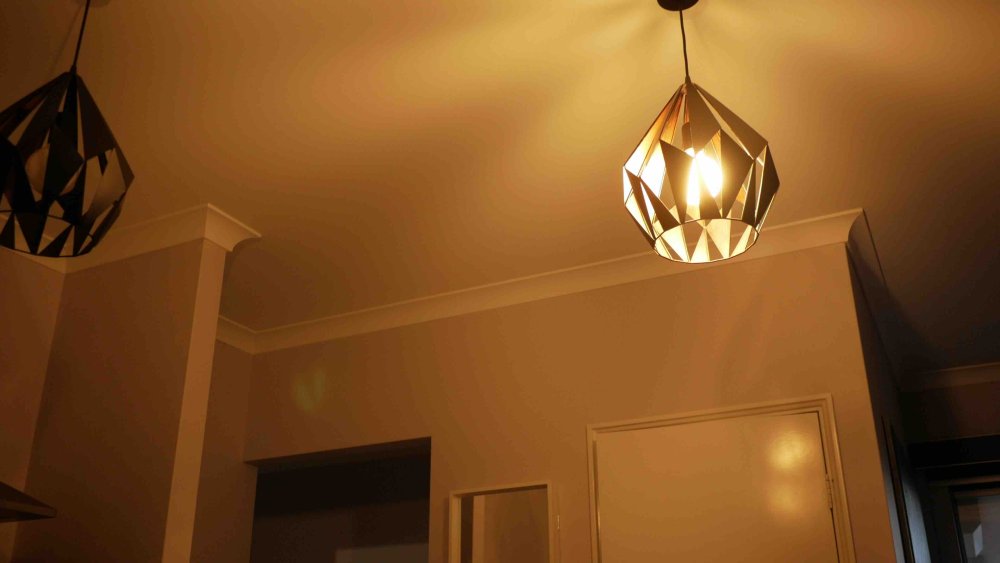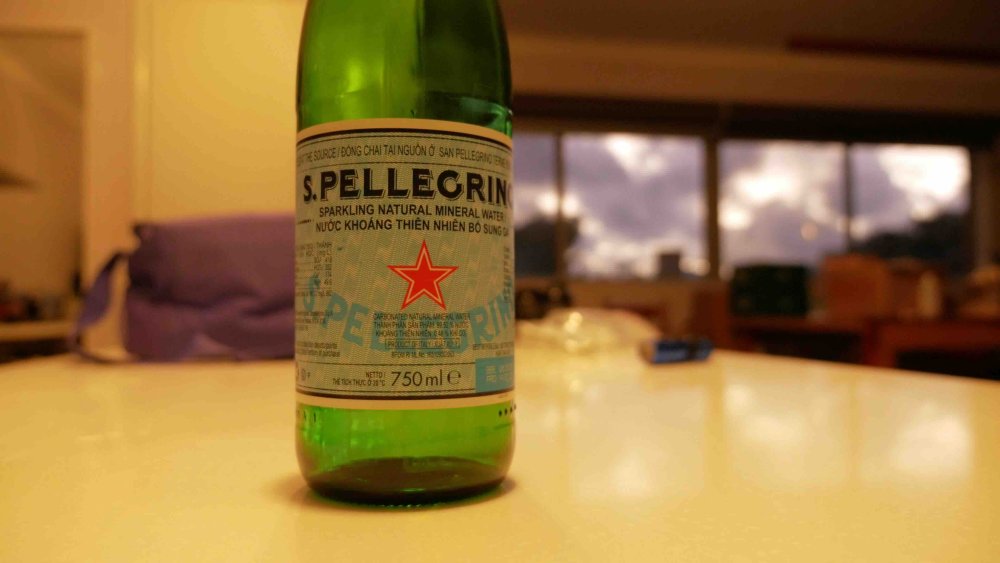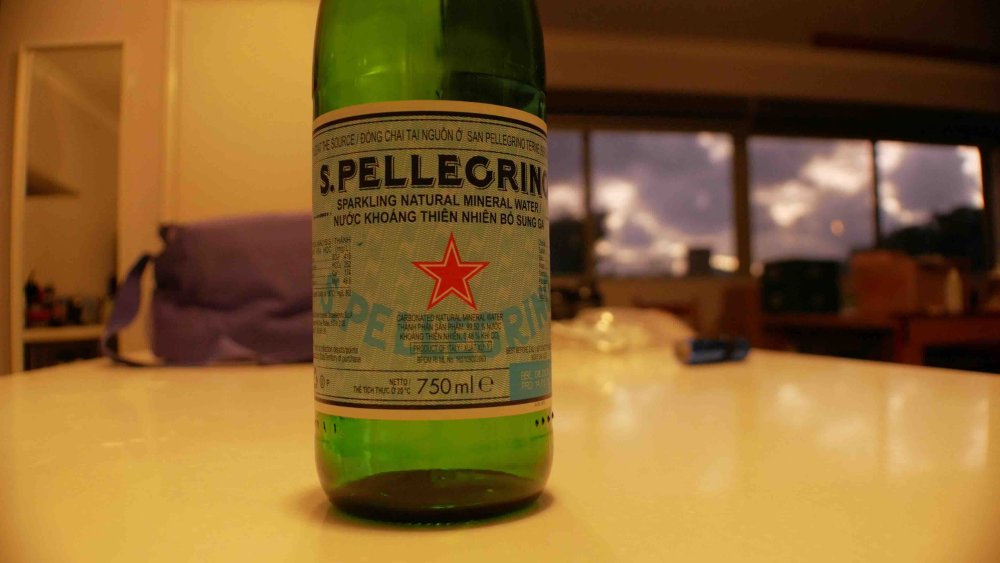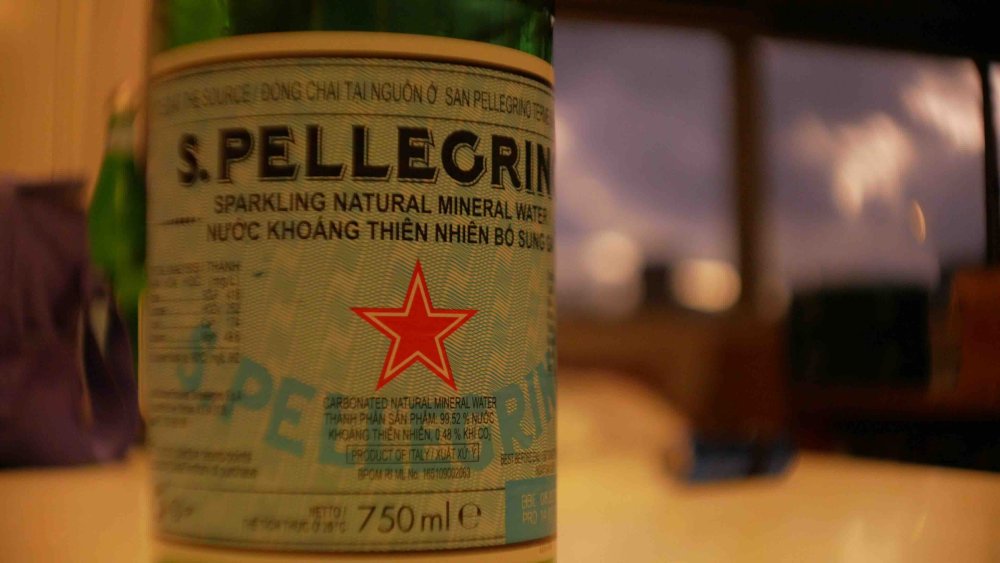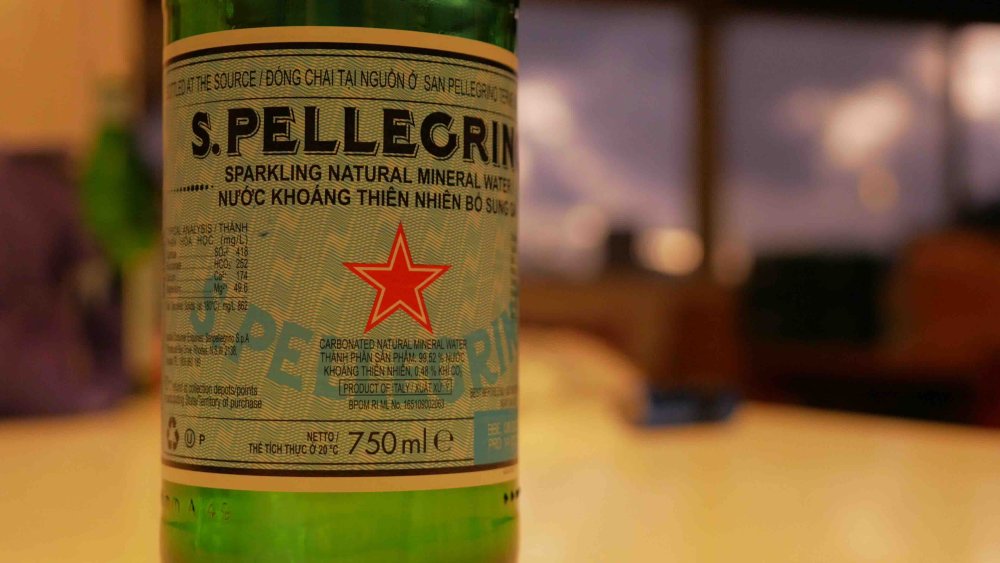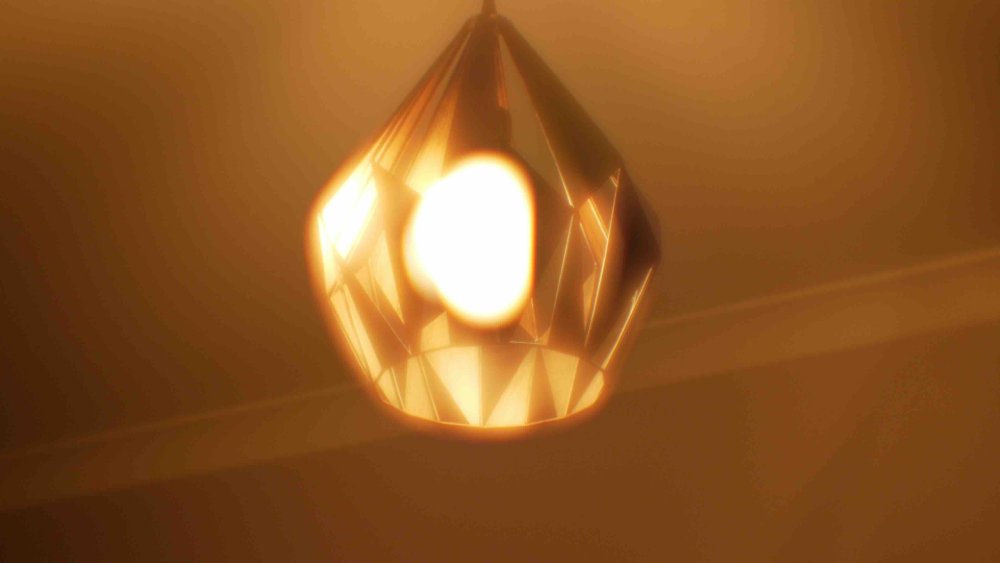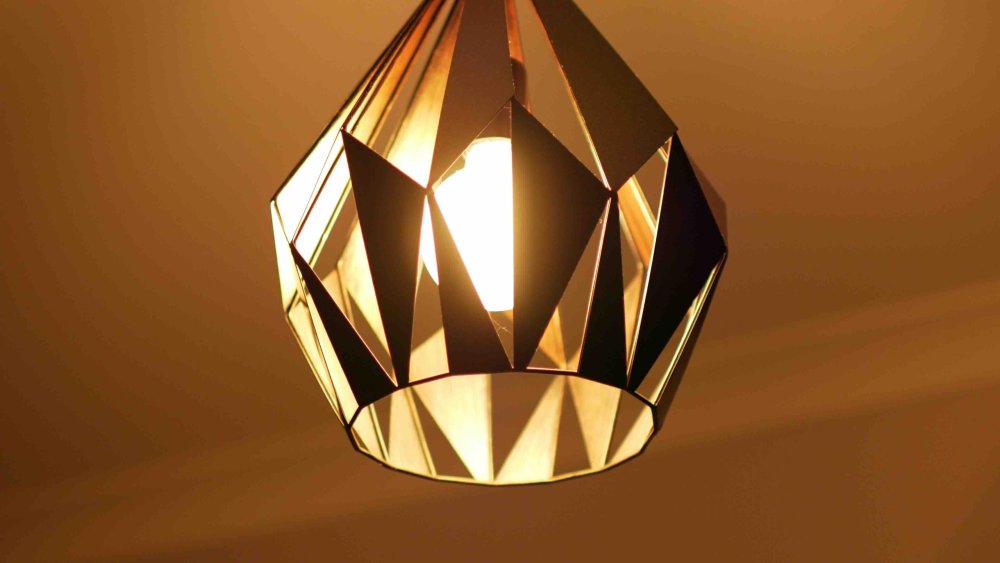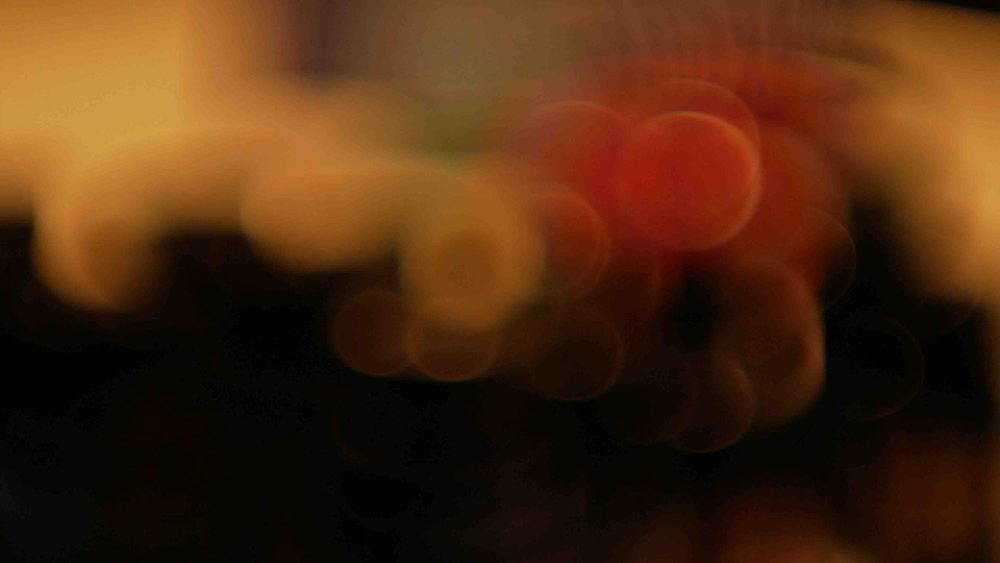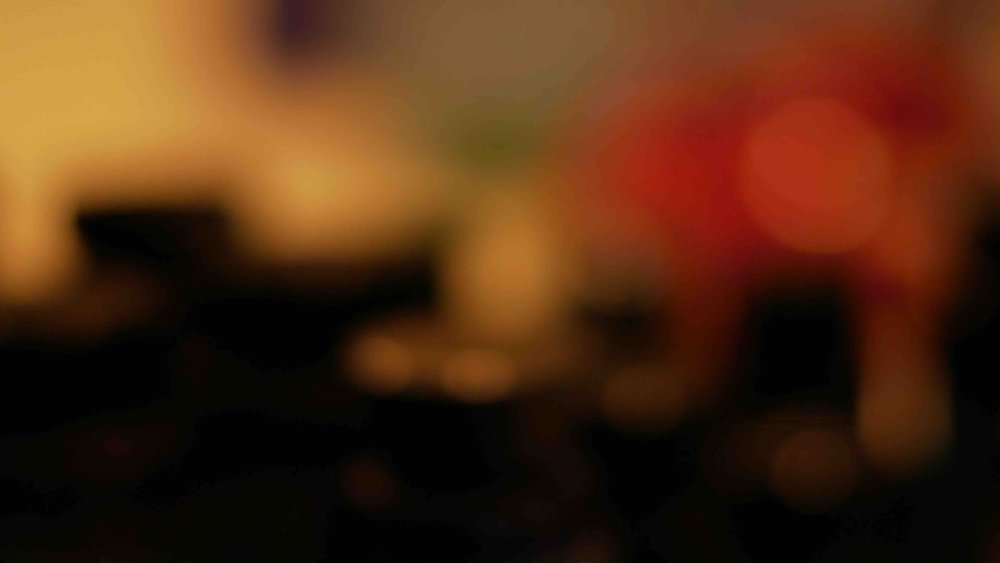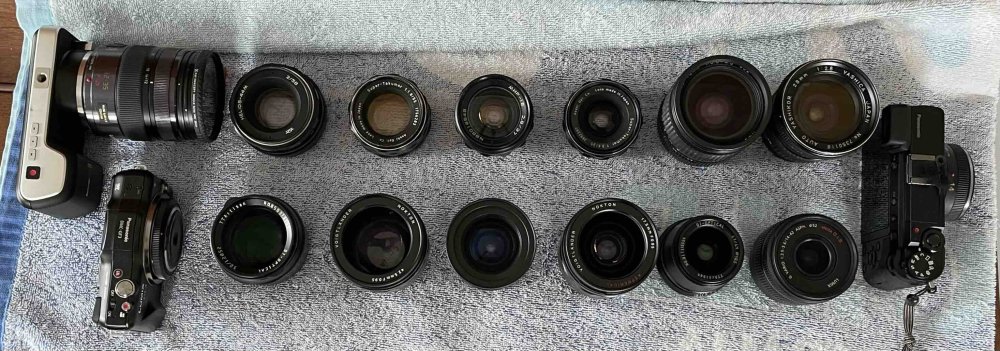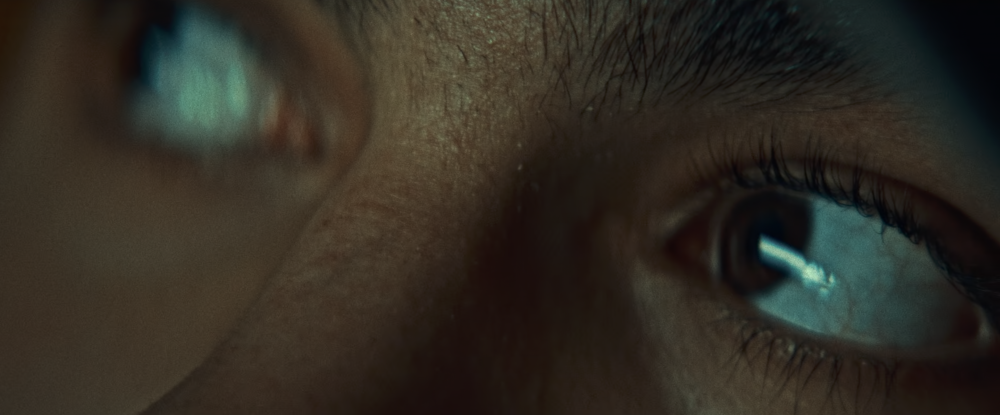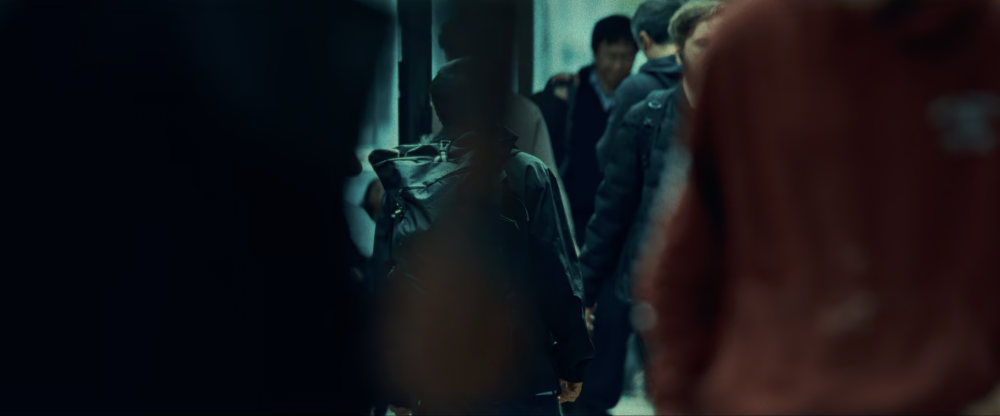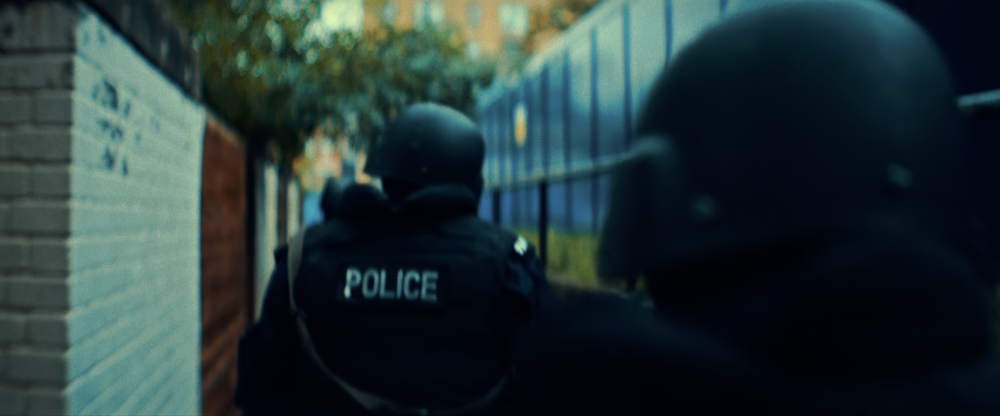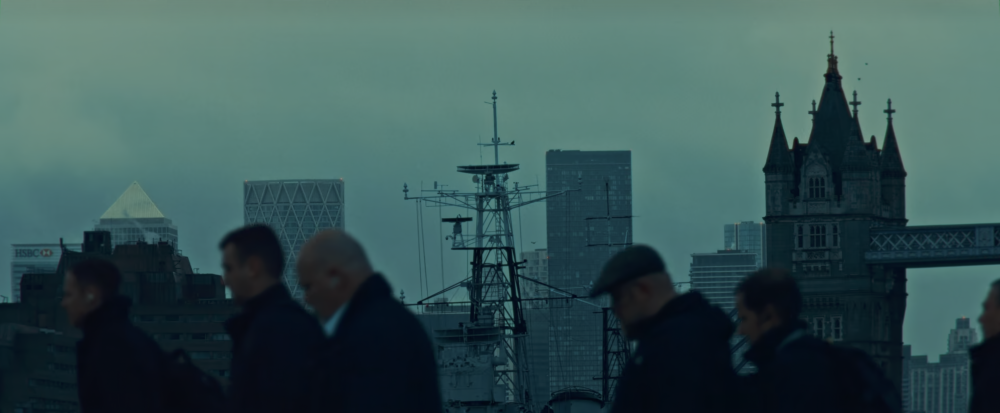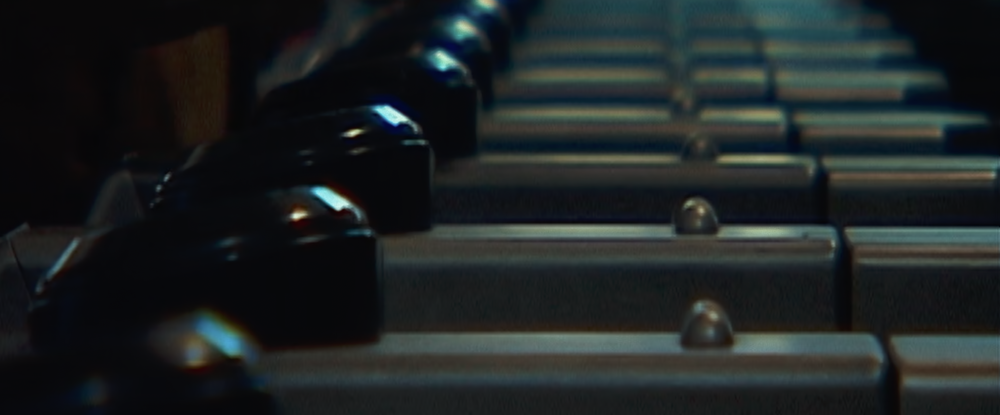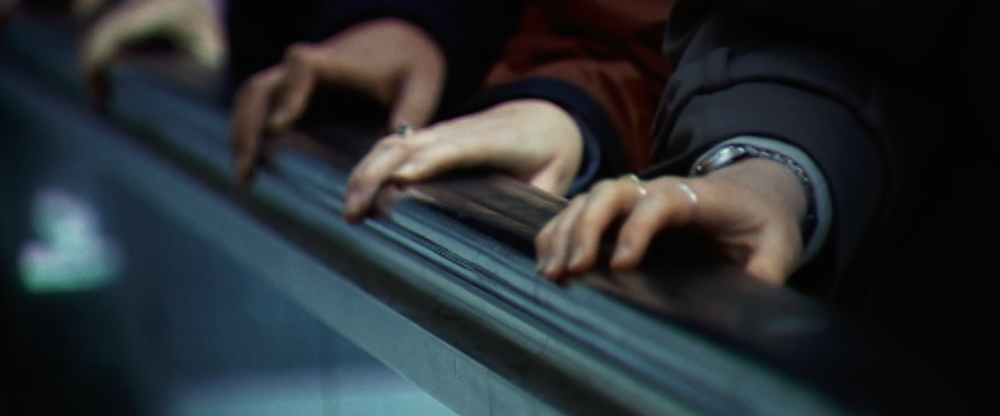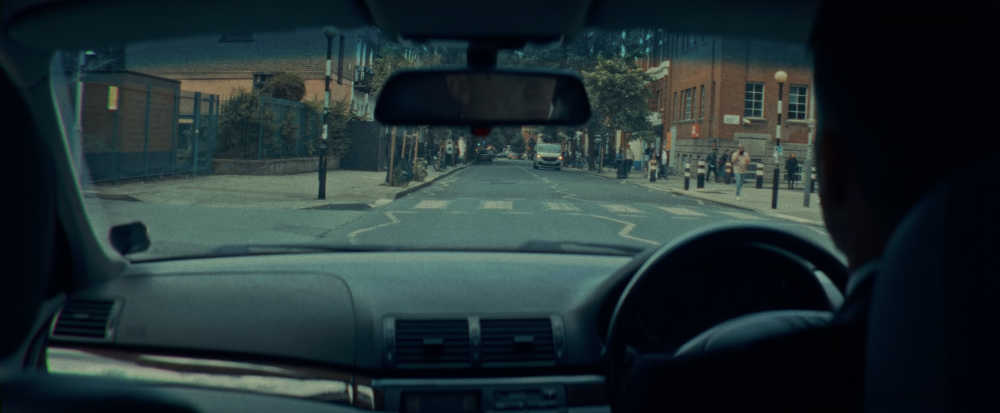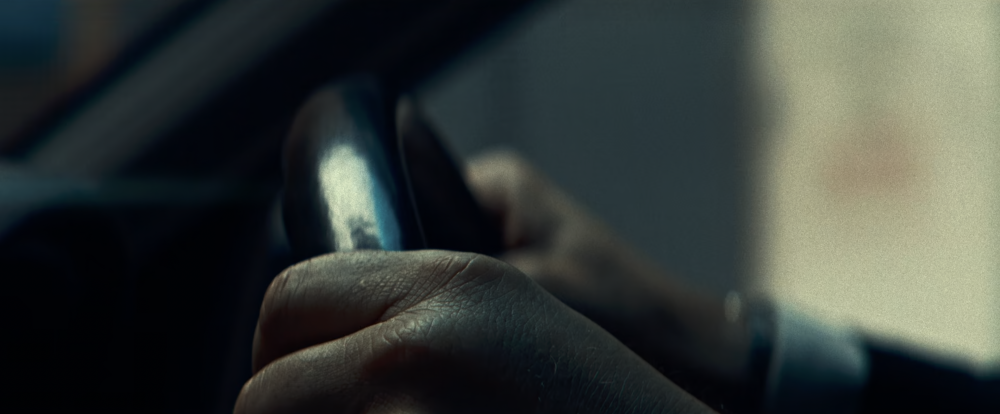-
Posts
7,987 -
Joined
-
Last visited
Content Type
Profiles
Forums
Articles
Everything posted by kye
-
Yeah, I have a bunch of M42, but none wider than 28mm as it's all FF vintage. I'll grab some shots.
-
I've played with diffusion before and not really liked it, but diffusion is a difficult topic because (the way I see it) it has four broad effects depending on the size of the diffusion. The largest size of diffusion spreads light across the whole frame, reducing contrast. I'm not really a fan of this one. The smallest size spreads light into neighbouring pixels and essentially is the same as blurring the image. The medium-large size spreads light between objects in the frame, creating halos and a strange appearance I'm not fond of. The medium-small size spreads light far enough that it softens texture in the image. This is why all the Hollywood actresses wanted diffusion because it hid any skin imperfections. Apparently Cooke lenses all have this kind of diffusion in them but only for the frequencies of light around skin-tones - potentially a key part of the "Cooke Look". Going back to your previous comment: This has stuck in my head and after re-watching the Gawx videos I suspect this might be contributing to it. I might have to do some investigation on this. Also, now I have the anamorphic adapter and my new wide angle adapter, I'll step things up in terms of making things look a lot dirtier. Anything in particular you think I should test? (apart from having people in the image, which I think will end up being me).
-
Yeah, I suspect it's one of those things that drives one person up the wall and most others don't see or don't care. There's a ton of them that other people talk about that I can't see. Which movie? I must admit I haven't seen any of the Wong Kar-wai films, but definitely should. I remember seeing some moving-camera wide-angle footage from a high-end lens announcement once and despite the equipment all being top-tier it still looked video-ish to me. My latest film is a bit pushed, but not nearly to that extent. In terms of pushing the grade, I completely agree and feel like having a strong look (and especially a strong tint across the whole luma range) might be part of the aesthetic I'm trying to capture. Not to say that you can't get it without a tint, but I think it might help.
-
I'll have a look but the widest non-MFT I think I have is probably 28mm. BUT, if you mean no electronic contacts (which means the camera doesn't know the lens and wouldn't compensate for it?) then I have 7.5mm F2, 8mm F4, 15mm F8, 17mm F1.4, 17.5mm F0.95. Happy to do some quick tests - let me know what you want to see 🙂
-
This is a fascinating video because to me, the whiplash shots looked like cinema and the rest of the shots looked like video. High-quality video for sure, with interesting things happening, but it had a video look to it. It's becoming obvious to me that I'm chasing something that others either aren't seeing or don't really care about that much. I can absolutely see the difference between my random plant shots and the Gawx videos I posted... My random plant shots without the blurring or film emulation applied look like video, the same footage with the film emulation applied look like film (but not like cinema), and the Gawx videos I posted look like cinema (which happens to also look like film). Perhaps the most interesting thing about that comparison is that making things look like film (at least to me - I'm likely to be pretty easily fooled into thinking something looks like real film) doesn't make them look like cinema. I don't think it's about composition or camera movement either, because the video above (The Pursuit of Art) have that and still look like video to me. I don't think it's about careful lighting, because Gawx managed to get the look on external scenes in full sun in the middle of the day. His other videos are very carefully lit, but if this was required then he wouldn't be able to do it with the Museum one. I don't think it's the camera, because as you say, Gawx did it with two different cameras, and one was a phone - hardly the pinnacle of equipment for getting a cinematic result! Of course, all the above things matter. Pretending they don't matter is silly, but that video is super-interesting because it proves that they're not enough. Also, the Whiplash footage shows that it's not anything to do with the pipeline either, because the Whiplash footage went through the entire same editing and export and upload processes. I am simultaneously heartened that Gawx could do it with a phone, outside on a sunny day, but also disheartened because I'm running out of things to test! I found a few interviews with Gawx that I'll try and watch in the hopes he gives some kind of insight into it. Perhaps the best way I can describe it is that cinema looks larger than life, and video doesn't. Watching the above started with footage that made me think some camera bros were on a beach with an A7S3 and then pulled out the drone, then the Whiplash footage made me feel like I was in a cinema looking up at a huge screen with a box of popcorn on my lap and the speakers shaking the room, and then suddenly I was back to looking at Gap Year footage with some FF bros again. It's like the scale of the image just collapses.
-
Then, to go from the ridiculous to the absurd... But it's like that saying, all's well that ends well.. and Chopin seems to like it.
-
Sirui first light.... I'm not 100% sure I've done everything correctly, so take these with a pinch of salt. Also, the Sirui has a vND on it but the normal shots don't, so that might account for the WB and polarisation differences. The advice I heard was to set the taking lens to infinity and then focus with the adapter (single focus setup) but the AF on the taking lens seems to work just fine and Uncle ChatGPT says that setting the taking lens to infinity is more likely to be an optimal setting rather than the only setting that will work. Here's a shot where I set the adapter to minimum focus and then focused closer with the taking lens.. I don't think it's properly focused though, and the bokeh isn't squished much at all, so this is probably quite far from optimal settings, but also possible. Obviously I have a lot of testing to do, but if I can still use the AF to fine-tune the focus then that's even better as I can sort-of zone-focus with the adapter and then shoot quickly with AF like I normally do! Overall though, a very promising start.. despite it being so big and heavy!!
-
I guess to get the cinema look you have to do everything that feature films do, because if things didn't contribute to it somehow then they wouldn't be doing those things, so that makes sense. Whatever part of the look I'm chasing doesn't seem to require lights or even diffusion though, as demonstrated with the below video from Gawx: and to a slightly lesser extent, this one: Even this one still doesn't trigger my "amateur video" gag-reflex despite having many ultra-wide hand-held moving shots: They all seem to have this incredible texture and feel to them. In other news....
-
I've had an initial look at the test I shot that compared shutter speeds, including longer exposure times than 180-degrees as you suggest, but didn't really notice any improvement there. Maybe there is and I'm just not sensitive to it, but it's not what I'm sensing. I absolutely agree that human movement is better, but I don't have any volunteers handy that don't mind being published on the open internet, so unfortunately that isn't something I can easily do. I edited up my other test of the four-camera setup and that didn't yield any joy either. That test included lots of camera movement as well as subject movement and so I probably would have noticed if there were significant differences, so not noticing any is probably a good thing because it means that the camera isn't the answer. I was beginning to wonder if I wasn't viewing things objectively, but then I randomly fired up The Bourne Supremacy and it auto-resumed to some random timestamp and within seconds delivered these two frames, which have it in spades. I'm now convinced I'm not chasing a ghost, so that's positive. I think I've been struggling because I've been conflating the look I've been chasing with the fact that I have mostly witnessed it on movies shot on film, so I've perhaps paid too much attention to sharpness and grain and not enough on other aspects of the image. The fact that I haven't seen anything above about 2K projected until very very recently probably also plays into it. Recently I've sourced some higher quality reference materials and have found examples that contain the look but are also higher resolution. These are all 4K so be sure to open the full resolution file, not just viewing the highly-compressed preview image the forum shows. I will be studying these as my next area of focus. At the very least, I'm eliminating things that it isn't, and that's progress of a sort. My anamorphic adapter has finally left China so I think that'll be the next round of tests. Now I've eliminated the camera body as the source of the look I can venture out and hopefully capture some footage with people in it, but it's very wet here right now so we'll have to see.
-
Speaking of serious image degradation, here are a couple of test shots of the 58mm wide angle adapter I ordered. It seems to vignette quite a bit on the wide end of the GX85 + 12-35mm combo, so you don't get a wider FOV by the time you zoom in to eliminate the vignette: The fact it's so much more degraded at 35mm than 16mm makes me think that the adapter is interacting with the optics inside the zoom. If there wasn't an interaction then when it's at 35mm it should be less degraded because it would essentially just be taking a smaller centre-crop and the edges of the frame should be cleaner. Anyway, this level of distortion isn't what I'm chasing, but it might be very different on other lenses and it's still quite fun to play around with.
-
Wow, "too clean" wasn't a reaction I anticipated!! Yes, it was 24p (well, 23.976p anyway). I don't think I've heard of shooting a little slower to give a more filmic cadence - interesting idea and one I will absolutely try. I'm not sure how I would actually shoot at that speed, as I don't know which of my cameras would offer that option, but as a test I could just slow some of the above 24p plant footage down as plants moving slightly slower in the wind is a thing that happens so shouldn't be too surreal. I've slowed 30p cameras down to 24p, which is a 20% speed reduction and noticeable, which would be about the same for slowing 24p down to 20p. I am yet to really study that test I posted, but my initial impressions were that while it looked like film, it didn't have that certain something I'm looking for. What I'm looking for I can't describe, but it's sort-of the opposite of that "video look" of shooting 60p with sharp lenses and with accurate colour science and proper WB. I watched Old Guard 2 a few days ago and was impressed with how it seemed to have a cinema look but was also quite sharp (which I think have a strong negative relationship) but when I went back and took screenshots I found it actually wasn't that sharp. I then went looking at film trailers trying to find examples with this real cinema look, but most of them were sort-of "neutral" in the sense that they looked somewhere between cinema and video, with some being closer to cinema than others but none being fully at that end of the spectrum. They were mostly uploaded in 1080p from the studios, and the ones in 4K were from other movie review sites and looked a lot more detailed but I can't be sure if these are AI upscaled or what the image pipeline was, so I didn't look at them. When I think about what looked really cinematic to me is mostly old films that were actually shot on film and are surprisingly soft and grainy, so I really need to go looking for some high-quality footage (that I can trust) from more recent films. Anyway, this all sort of made me question if I was now just seeing things, or if all the trailers looked too sharp to me (including the trailer for the first Knives Out movie which seemed to be very high quality upload), so I am going to do some more testing and try and reality check myself with more research and more testing. Also here in Australia some services stream in SD (for a variety of reasons) so there's a non-zero chance I've just gotten used to that, but having said that when I go to the cinema to watch the really big films (like Dune 2 or Bond movies etc) they don't look sharper than I was anticipating, so I don't think it's that. In an attempt to give myself some perspective, yesterday I shot a motion test where I shot the same shot of the plants and then I walked through the backyard, with the following settings: - iPhone 60p using auto-SS (short shutter) - iPhone 30p using auto-SS (short shutter) - iPhone 24p using auto-SS (short shutter) - GX85 24p using auto-SS (short shutter) - GX85 24p using 180-degree shutter - GH7 24p using 180-degree shutter - GH7 24p using 216-degree shutter - GH7 24p using 288-degree shutter - GH7 24p using 360-degree shutter - GH7 24p using 108-degree shutter - GH7 24p using 70-degree shutter I haven't looked at that one in detail yet either, but it was sort of a combined test of subtle variations in shutter speeds (the GH7 shots) and also a reality check to judge the GH7 shots against actual video (iPhone and GX85 auto-SS shots). Today, I've just finished assembling this monstrosity: This is the P2K and GX85 on top, with GH5 and GH7 on the bottom. I finally own enough vNDs to do this, although the 82mm vND I bought for the Sirui anamorphic adapter does look rather ridiculous on the P2K and 12-35mm! I'll shoot a side-by-side with all of them rolling and will walk around the yard to get a number of compositions and lots of movement. I forgot to include the P2K in yesterdays test, but I also want to have a reference where the motion is essentially the same, which is why I have rigged them together. I can replicate a 35mm F11.5 FOV on all these, so should have mostly the same image. There will be resolution/sharpness differences, but I can level the playing field in post by applying various FLC profiles, which will be a good test to see if any perceived differences disappear or not. I'm still waiting for my Sirui 1.25x anamorphic adapter to arrive, but once it does some future tests will include various combinations of the wide-angle adapters, the anamorphic adapter, modern AF lenses, modern MF lenses, vintage lenses, and probably some filters too, as I've got a small collection of softening filters and a few vNDs of vastly varying quality which should add a look to the footage too. I might also shoot some tests comparing various amounts of rolling shutter too, as I think the GH7 has strong enough codecs and enough modes to make meaningful comparisons between these too.
-
Next test is a big one - comparing a few different ways to soften the image in post. Test shots I shot a number of compositions with a few different lenses. To give a range of inputs, I shot with the following settings: - GH7 shooting 5.7K Prores HQ (1500Mbps) - Panasonic 12-35mm F2.8 at F2.8 and at F4.0 (it sharpens up a little) - Voigtländer 42.5mm F0.95 at F2.8 - Minolta Rokkor 135mm F2.8 at F2.8, F5.6 and F8.0 Shots included wides, mids, teles and had shots where it was overcast and shots in direct sun (including raindrops on things!) so there should be a range of scenes. All shots were 180 shutter and using the K&F True Colour vND. Treatment in post I then put each shot onto a timeline, and you get to see each of the above shots put through each of the following: - 5.7K shots directly on a 4K timeline - Exported from 4K timeline to 4K Prores HQ then pulled back into the main 4K timeline - Exported from 4K timeline to 3K Prores HQ then pulled back into the main 4K timeline - Exported from 4K timeline to 2.5K Prores HQ then pulled back into the main 4K timeline - Exported from 4K timeline to 1.9K (1080p) Prores HQ then pulled back into the main 4K timeline - Exported from 4K timeline to 1.5K Prores HQ then pulled back into the main 4K timeline - Exported from 4K timeline to 1.2K (720p) Prores HQ then pulled back into the main 4K timeline - 5.7K shots directly on a 4K timeline with Film Look Creator emulating the grain and softness of a 65mm neg - 5.7K shots directly on a 4K timeline with Film Look Creator emulating the grain and softness of a 50mm neg - 5.7K shots directly on a 4K timeline with Film Look Creator emulating the grain and softness of a 35mm neg - 5.7K shots directly on a 4K timeline with Film Look Creator emulating the grain and softness of a 30mm neg - 5.7K shots directly on a 4K timeline with Film Look Creator emulating the grain and softness of a 25mm neg - 5.7K shots directly on a 4K timeline with Film Look Creator emulating the grain and softness of a 20mm neg - 5.7K shots directly on a 4K timeline with Film Look Creator emulating the grain and softness of a 16mm neg - 5.7K shots directly on a 4K timeline with Film Look Creator emulating the grain and softness of a 12.5mm neg - 5.7K shots directly on a 4K timeline with Film Look Creator emulating the grain and softness of a 10mm neg - 5.7K shots directly on a 4K timeline with Film Look Creator emulating the grain and softness of a 8mm neg Yes, this is a lot of shots! Each shot on the timeline is 5s, and there are 8 shots across 17 treatments, giving 136 looks over 11m21s video. All shots had the FLC "Cinematic" look applied, and I adjusted the WB and that was it. I disabled all the other stuff, so it was just the colour profile and the grain / softening. Export I then exported it in both 4K Prores HQ (56GB!) and 4K h264 (3.65GB) and after comparing the two I uploaded the 3.65GB h264 file, which is about 45Mbps so good enough. There were slight differences between the two but it was minor and I tend to export in h264 for YT upload anyway. I will be downloading the resulting file from YT and judging the image from that file, as that's the one that gets viewed in the end. Film Look Creator settings The FLC Grain section has various settings, and has presets for 65mm, 35mm, 16mm, and 8mm, but allows you to mess with the settings. To emulate sizes in-between these presets, I interpolated the values using either a linear or logarithmic approach. Here's the values: Goal My goal is twofold. First is to work out what looks the most like cinema to me (in the final YT stream), and the second is to know what settings to use in Resolve to get that look in the final YT stream. If I could play with the controls live and see what the YT stream would look like in real-time then I'd just do that, but this is the next-best option, where I just vary something from too little to far too much and then just see if I like it and if so then where the sweet spot is. Enjoy.
-
I just found out that Stalker is free on YouTube.... I saw the movie when I was young but not since, so I'm waiting for a good time where I can sit and watch uninterrupted.
-
Cool video! The shots with the perspective shift really work, like a dolly-zoom but with a changing perspective. Other shots are more traditional, but work too. Gotta watch those shadows though. This is perhaps the main challenge of 360 video, keeping the equipment and operator out of the shot.
-
I have a M42-M43 speed booster and recommend getting one. It makes the focal lengths more useful and for any given FOV gives you the ability to get shallower DoF or if you stop down to keep the same DoF the lenses sharpen up a bit. Depending on what your preferences are in image and rendering, there are lots of other M42 lenses around too.
-
-
I've also started looking at things in post. First was to look at the grain section of the Film Look Creator, which softens the image as well as adds grain (because that's how film works!). I tried it on a few images and was actually surprised at how subtle the effects were, especially compared to how strong the look of some of the lenses is. It's more visible on motion rather than on frame grabs, but still. I also had a go at emulating some of that edge softness. There's a whole world of ways you can do this in Resolve, but this is one way. Here's the node graph. If anyone is curious for an explanation of why I'm doing it this way, just ask.
-
Another thing about lenses is the flares, which are far more than just bloom. For example, I love the way that zooms have lots of elements to their flares.
-
I've sort of been waiting for my adapters to arrive to shoot the next round of tests, but I figured that sharing some early impressions might be useful and help me organise my thoughts a bit too. I shot my first round of the test quite poorly, so images have different exposures etc, which is why I wasn't sharing them before, but there are some interesting things to note from some of the different lenses. The 14mm F2.5 is sharp from edge to edge and has relatively deep DoF, so this is a reference. The Takumar 35mm F3.5 is sharp in the middle and still relatively deep DoF but has significant "zoom" radial blur on the edges. ..as does the Cosmicar 12.5mm F1.9.. The TTartisans 17mm F1.4 has a lot of blooming when wide open (but is clean from F2 onwards) and the Yashica 28mm F2.8 has a lot of blooming when wide open too, although the blooming seems to be a lot larger (with the light from brighter areas being distributed a lot further away in the image than with the 17/1.4) The blur on the edges of the Yashica also seems to have a lot of colour separation too: unlike the TTartisans: or Cosmicar: The Mir-1b 37mm F2.8 is all over the place, reminding me that I have never liked it and never saw what others saw in it: The Helios is about as you'd expect - sharp in the middle but edges that are hype-worthy despite essentially being a one-trick pony: (Note that this is the Helios 44M, not the 44-2. I have the 44-2 and it's easily one of the worst lenses I own, with blooming far in excess of anything I included in this test. It sits in a drawer and stays there.) In contrast to the Helios, the Takumar 55mm F1.8 is much cleaner (bearing in mind this is a shallow DoF image and I'm standing at an angle compared to the fence so the edge softness is likely to be partly the shallow DoF) : The Voigt 42.5mm F0.95 is softer in the middle but has cleaner edges: and the TTartisans 50mm F1.2 doesn't have the blooming of the Voigt, but might not be sharper as bloom and sharpness are independent attributes: but the 12-35mm F2.8 makes all of these look positively vintage: Obviously the other lenses can be stopped down to potentially be as sharp as this is, but I shot all these wide open to learn more about aesthetics, not to perform a technical test, because that's what MTF charts are for. I'd like to say that I can draw some conclusions from this test but realistically it's too early. I do have some impressions though. I suspect I don't like the lenses that have too much bloom. I bought a Tiffen Black Promist 1/8 and shot with it on the 12-35mm and ended up not liking the images in post, and some of these lenses are a lot more bloom-y than the BPM. The purpose of using any lenses other than my AF set (9/1.7 and 14/2.5 and 12-35/2.8 and 14-140/3.5-5.6) is to get shallow DoF or DoF-related things (e.g. oval bokeh from anamorphics) which are essentially the only things you can't apply in post. I have thought before that I don't really like colour separation, like the red halation from film or CA, but the example shots from Attack on London and also from the wide angle adapter don't seem that objectionable, so maybe I'm changing my mind about this? One thing that came out of this test was how much I like the Tokina 28-70mm F3.5-4.5 zoom. It has a vintage flavour for sure, but doesn't seem to be too degraded. I am really looking forward to testing the wide angle adapter and 1.25x anamorphic adapter on this lens, as I suspect those adapters will be limited to around F2.8 anyway, so trading off the flexibility of a zoom for only one extra stop doesn't seem that worthwhile in that configuration. The only lens not yet mentioned is the 14-42mm F3.5-5.6 kit zoom, which in this situation isn't that different from the 12-35mm F2.8. The next test I'll shoot will have significant depth of field, so I can see things like bokeh shapes and rendering (e.g. swirly vs cats-eyes vs not), and I'll have to work out some way to expose all the images the same (or use the GH7 and correct in post) as exposure makes a difference perceptually. I just wish my adapters would get here sooner!
-
Yeah, I watched a few comparison videos and took notes, decided I wanted the Blazar 1.5x adapter as it was the softest, lightest and had the least horizontal flares. Then I looked up how much they all cost and bought the Sirui! I genuinely have no idea if I'll like it, but I figure it should either be useful to take the edge off my modern zooms, or to add another layer onto my vintage lenses. If I combine it with my 0.71 m42-m43 speed booster, it makes the end result a 1.14 crop factor, so basically a FF camera, which will make a lot of my lenses a bit easier to use in practice. I got the email from Sirui Australia but I guess maybe the bottlenecks might be upstream. Who knows. Reverse-engineering global supply line logistics is probably an impossible task and won't get my adapter here any faster! Thanks, my Global Head of Design was responsible for the selection. My fairy lights are excellent - the lights are bright, tiny (so are essentially point sources), and the whole thing runs off a USB so no power adapters etc to deal with. The wire is just a thin single-core wire so easily bends and is relatively fragile, so I'll have to work out where to put them up for testing. I was thinking I might just put them up in my studio and when I want to test bokeh I can just plug a portable USB charger into them, turn off all the other lights and then wave the camera around.
-
Yes, I noticed it too, but as it was just a quick test I didn't bother. It's just from the jpg compression so I'm not having to upload 8.5MB per image (yes, really!). I'll watch for it on the next batch 🙂 I got an email from Sirui Australia that shipping on my anamorphic adapter is delayed due to the Amazon Prime Day sales, so I'm guessing that lots of Aussies must have sent some money their way.
-
An update on my testing. I was thinking about what I wanted - something low quality in the optical path to dirty up the image a bit, and then it struck me - what I want is a cheap wide angle adapter! Then I remembered I had bought one years ago and went and found it and gave it a go. It's too small for most of my lenses (it's 52mm but most of my lenses are 58mm) but is a cheap 0.45x wide angle adapter so I shot some quick tests. Here are some direct with/without comparisons to give an idea of what does. These are all SOOC so ignore the incorrect WB settings and mismatched exposures etc. All lenses are wide open. GX85 + 14mm F2.5 without adapter: GX85 + 14mm F2.5 WITH adapter: Very interesting and definitely makes the image wider. If I use a zoom then I can match the framing and we can get a more direct comparison. GX85 + 12-35mm F2.8 at 12mm without adapter: GX85 + 12-35mm F2.8 at ~18mm WITH adapter: GX85 + 12-35mm F2.8 at ~25mm without adapter: GX85 + 12-35mm F2.8 at 35mm WITH adapter: Very interesting results and in the direction I'm going for. As a proof of concept it definitely has promise, but I'd need to buy one correctly sized of course. BUT, then I put it on the TTartisans 50mm F1.2 and fully wide open (of course!) basically all hell breaks loose! GX85 + TTartisans 50mm F1.2 without adapter: GX85 + TTartisans 50mm F1.2 WITH adapter: It's obviously not rated for F1.2 lenses!! The bokeh is also heavily modified too, which the above images hint at, but check this out.... GX85 + TTartisans 50mm F1.2 without adapter: GX85 + TTartisans 50mm F1.2 WITH adapter: These are the sorts of things you can't do with plugins, so this is what I'd be chasing real optics to do. However, the most interesting thing about a wide angle adapter is that it's basically a speed booster, so you get more light into the lenses and you also get a wider angle of view, which means that to get the same angle of view with the adapter you can use longer lenses, which can give shallower DOF for a given f-stop. Double bonus for MFT! So, I ordered the cheapest 58mm wide angle adapter I could find, and ordered the cheapest vND I could find to fit it (as the fronts are larger than the rear which makes it larger than my good vND. Oh yeah, and I also watched a bunch of reviews of anamorphic adapters and after seeing the prices (wow!) I just ordered a Sirui 1.25x anamorphic adapter, which is the cheapest of the bunch by a long shot. I'm not really that interested in the streaks but the softening and edge distortions should be great, and it's also like a horizontal-only speed booster so will let me use longer lenses for the same FOV.
-
Interesting video, and I guess it really shows what can and cannot be done in post. I have played with the AI depth mapping in Resolve in the past (maybe v18 or v19 but not v20) and I found that it was worse than the iPhone portrait mode, so wasn't really usable in most uncontrolled situations. I suspect it will eventually get good enough to use, but I don't think that will happen that quickly. The rest of the effects are already doable in Resolve if you're willing to do them the manual way with power-windows and plugins, but this tool is probably worth it if you wanted to do it fast or if you wanted a specific aesthetic. Interesting demo though, and for what it does it seems pretty good. No, I just went and looked and while both the 55mm F1.8 and also the Mir-1B next to it have some yellowing, with the Takumar having more than the Mir, my Tak 35mm F3.5 doesn't appear to have any. However, be mindful that it's pretty easy to get rid of any yellowing in these lenses (IIRC even by just leaving the lens in the sun for a while) so mine might simply have been treated.
-
There is a time for a clean aesthetic. There is a time for a more timeless more filmic aesthetic. There are times for a far grittier aesthetic too. Those who have been following my other thread will know I've mostly got my travel / walk-around AF setup nailed. (GH7 and GX85 bodies combined with the 14-140mm zoom, 12-35mm F2.8 zoom, 9mm F1.7, and 14mm F2.5 pancake lens) This setup will give a relatively clean starting point which can be graded to create a pretty wide range of looks. However, not everything can be achieved in post. I have also collected a bunch of modern MF lenses and vintage lenses over the years and these might be useful in creating other looks that I can't do in post with the above kit. So I'm trying to work out if I should just archive them or if they're still good for anything I want to do, and if so, what might that be? I've looked through my continually growing collection of lens comparisons, but found nothing conclusive. Thus begins a moderately sized lens / camera test... The setups included in the test are below. The details in brackets are the FF equivalents. OG BMPCC + 12-35mm F2.8 (35-100mm F8.0) This setup is included as I think it will be a reference for the rest of the setups (at worst) and might end up becoming part of my standard kit (at best). GF3 + 15mm F8 (30mm F16) This setup is included as it's essentially a modern Super-8mm camera, and considering it is absolutely tiny and takes the same batteries as the GX85 it's almost inconsequential to bring on a trip. GX85 with: Modern: Panasonic 12-35mm F2.8 (24-70mm F5.6) Modern: Panasonic 14mm F2.5 (28mm F5) Modern: Panasonic 14-42mm f3.5-5.6 (28-84mm F7.0-11.2) Modern MF: TTartisans 17mm F1.4 (34mm F2.8) Vintage: Cosmicar 12.5mm F1.9 SB (36mm F5.5) Modern MF: Voigtlander 17.5mm F0.95 (35mm F1.9) Vintage: SB + Yashica 28mm F2.8 (40mm F4.0) Vintage: SB + Tokina 28-70mm F3.5-4.5 (40-100mm F5.0-6.4) Vintage: SB + Takumar 35mm F3.5 (50mm F5) Vintage: SB + Mir-1B 37mm F2.8 (53mm F4) Vintage: SB + Takumar 55mm F1.8 (78mm F2.6) Vintage: SB + Helios 44M 58mm F2.0 (82mm F2.8) Modern MF: Voigtländer 42.5mm f0.95 (85mm F1.9) Modern MF: TTartisans 50mm f1.2 (100mm F2.4) I haven't included all my lenses, but the ones I have omitted have been included in other tests previously and are broadly similar to ones I have included, so if they become interesting as a result of this test I have some more reference materials. I watched a doco on Netflix the other day called Attack on London, and was really inspired by the look of the 'recreation' images they have obviously filmed for the doc, and seem to have used one of the filthiest anamorphic lenses around (and potentially added more dirt in post as well). Here are some screenshots.. These might not have been streamed at the highest bitrate available, but I don't care - they look great and have so much texture and feel. This isn't the exact aesthetic I'm going for, but it's one that I saw recently that has a lot of texture and FEEL. My hope is to work out what the ingredients are to getting this kind of feel and then work out when I would want it and then work backwards to what equipment and processes I'd use to get it. My initial impressions (guesses) are that the ingredients are: shallower DoF lower levels of sharpness decent amounts of grain film colours (especially having a tint and having subtractive sat) The above images have more elements to them than this, but I don't care much for things like CA etc, so I don't think they're part of the minimum required elements. I plan to shoot comparisons with the setups above in a range of different scenarios and then see what I can see, before moving onto the post workflows and what role those play.
-
Nice images! I feel like you've absolutely nailed the core concept - it's about capturing "the way they felt at the time". This is where the pixel peeing leads the creativity astray, it's not about capturing the way it appeared at the time, it's the way it felt at the time.





